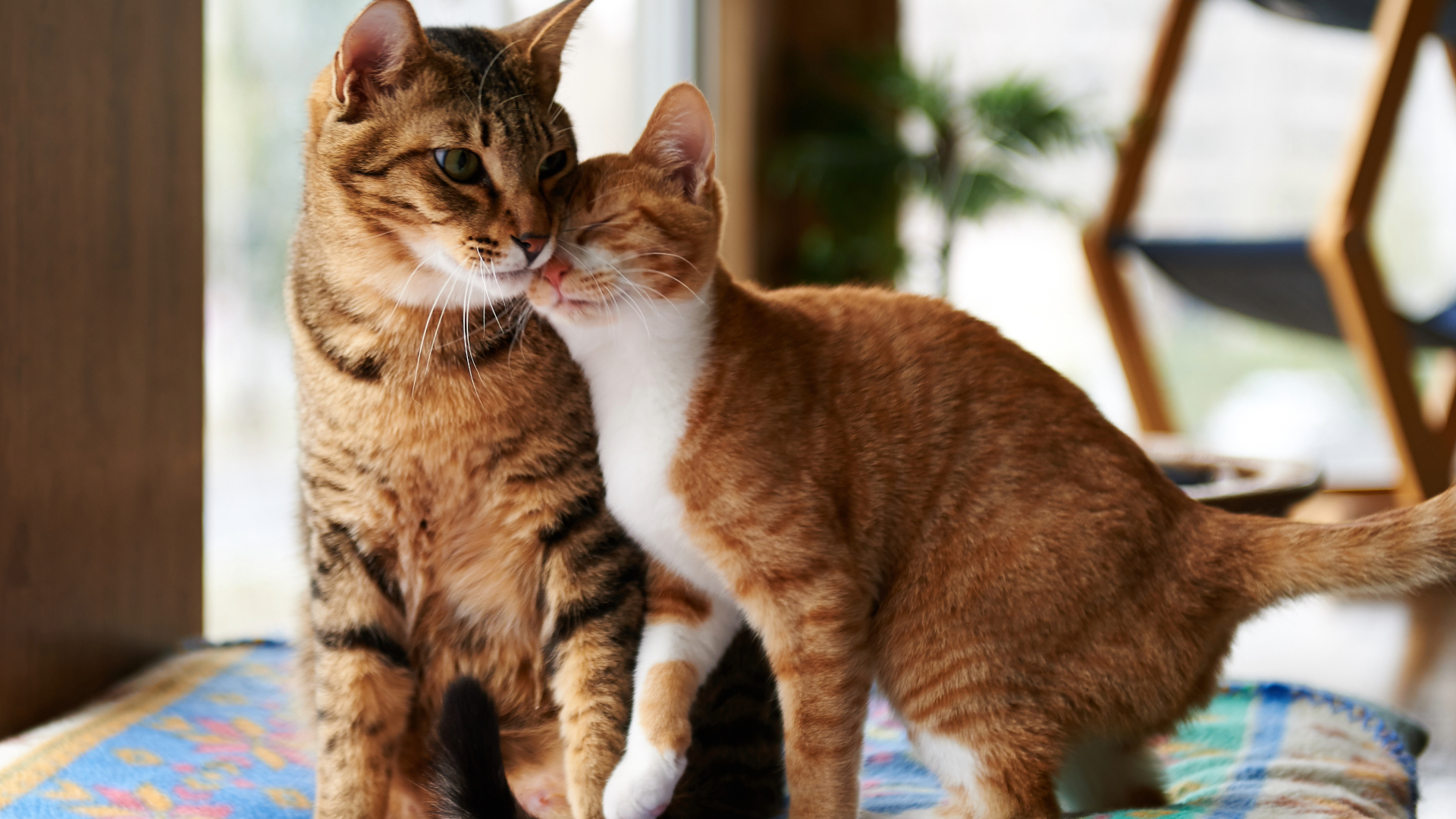
While age is the most obvious factor that distinguishes a cat from a kitten, several other factors separate immature and mature cats. These factors can be important considerations when someone is choosing between adopting a kitten or an adult cat. Understanding these differences is also crucial when assessing the physical and behavioral milestones of a developing kitten.
This can also be helpful when you getting your home ready for your new pet. Knowing whether to get the best kitten food or the best cat food.
In this guide, we’ll cover a range of differences between a kitten and a cat. Read on to learn more.
32 differences between a kitten and a cat
1. Cats are fully mature
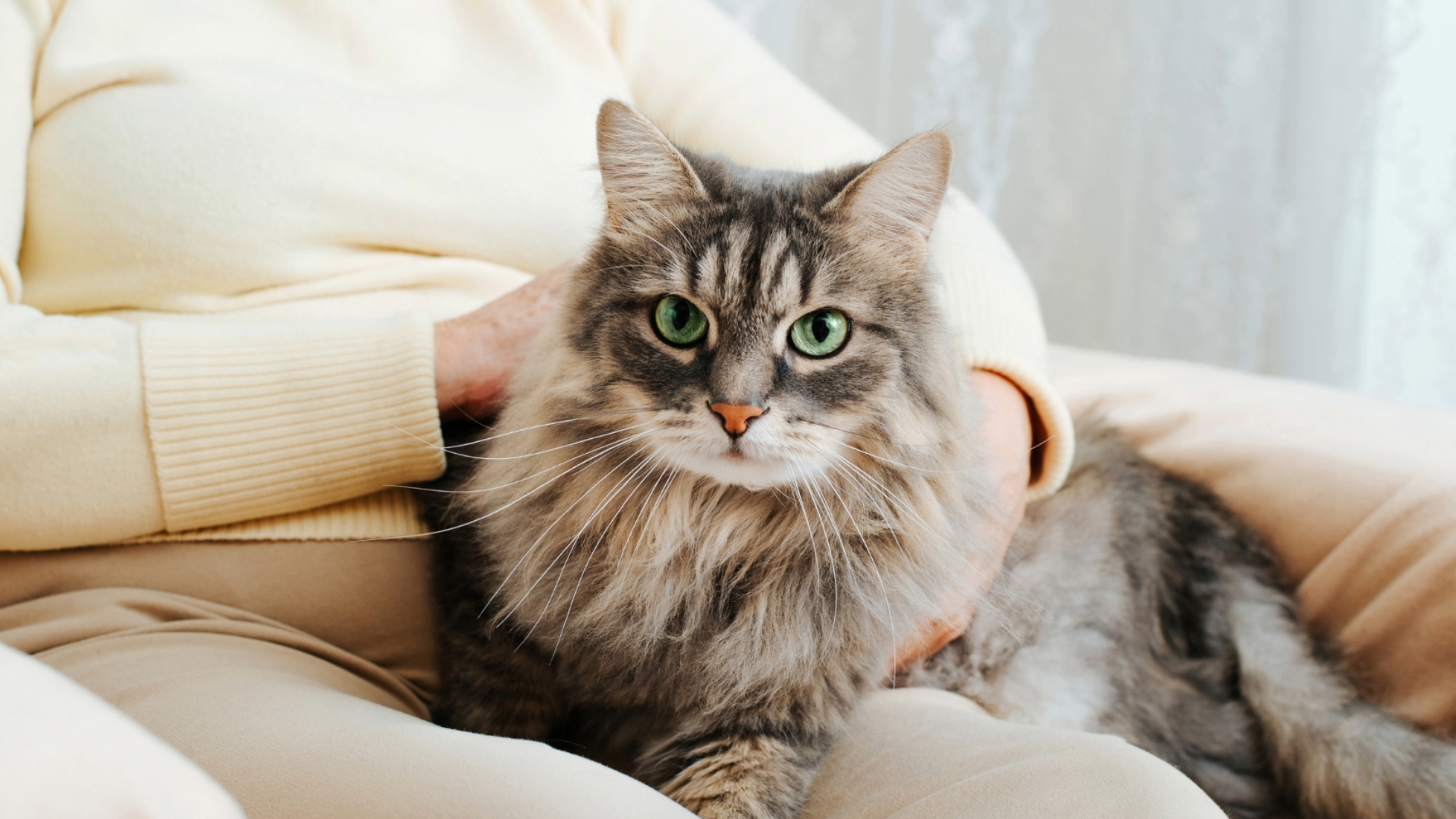
While sexual maturity occurs at around 4-6 months of age, cats don’t reach full physical and social maturity until they’re between 12-24 months old. You’ll likely notice kitten-like behavior in many cats until they reach 2 years old.
2. Kittens have less developed reflexes
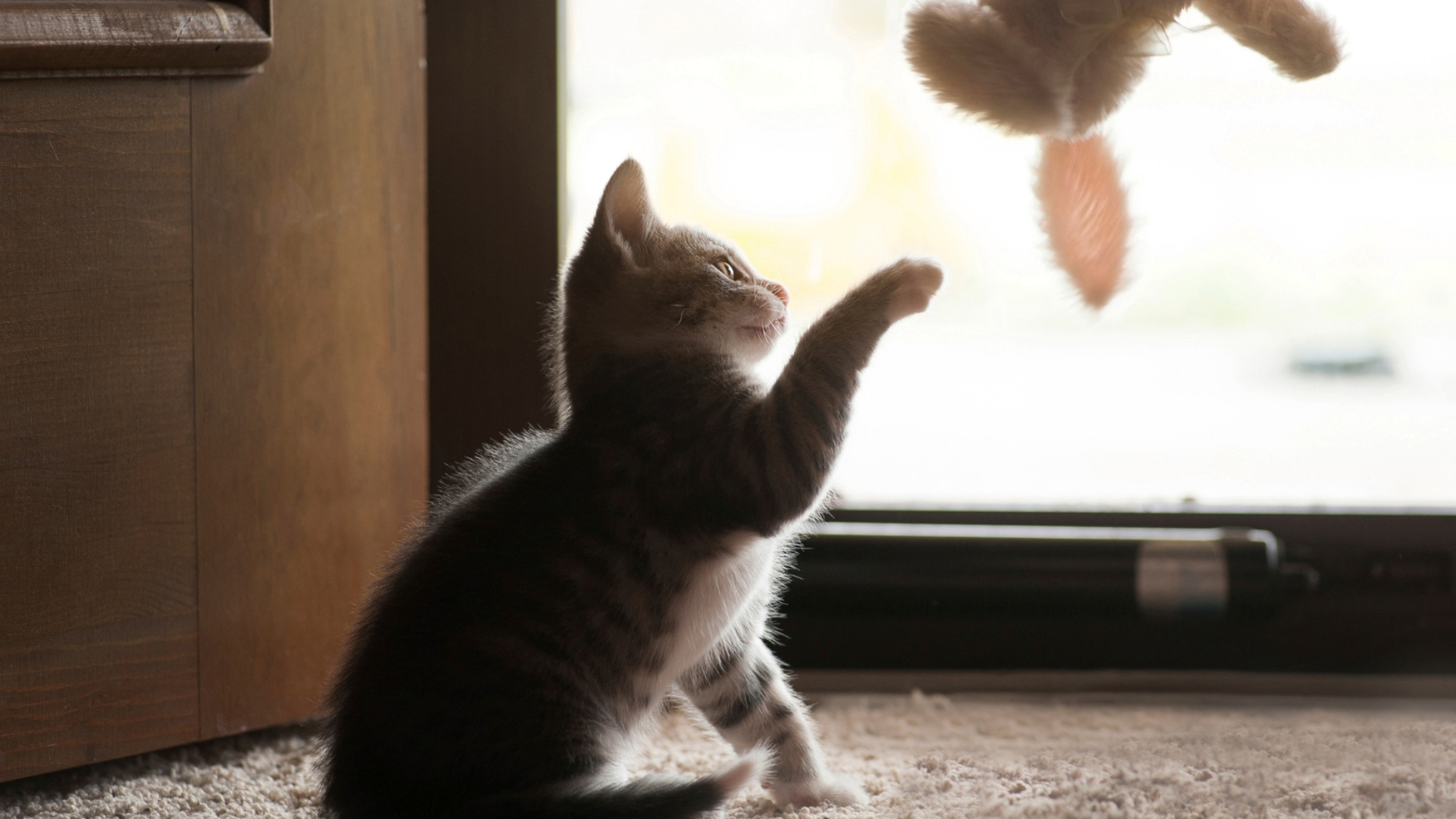
Cats are famous for their wicked-fast reflexes. This ability develops over time, however, and kittens have slower reaction times than their adult counterparts. They become markedly quicker in their reaction time around eight to ten weeks of age as the fast-twitch muscles become more developed
3. Kittens are less territorial
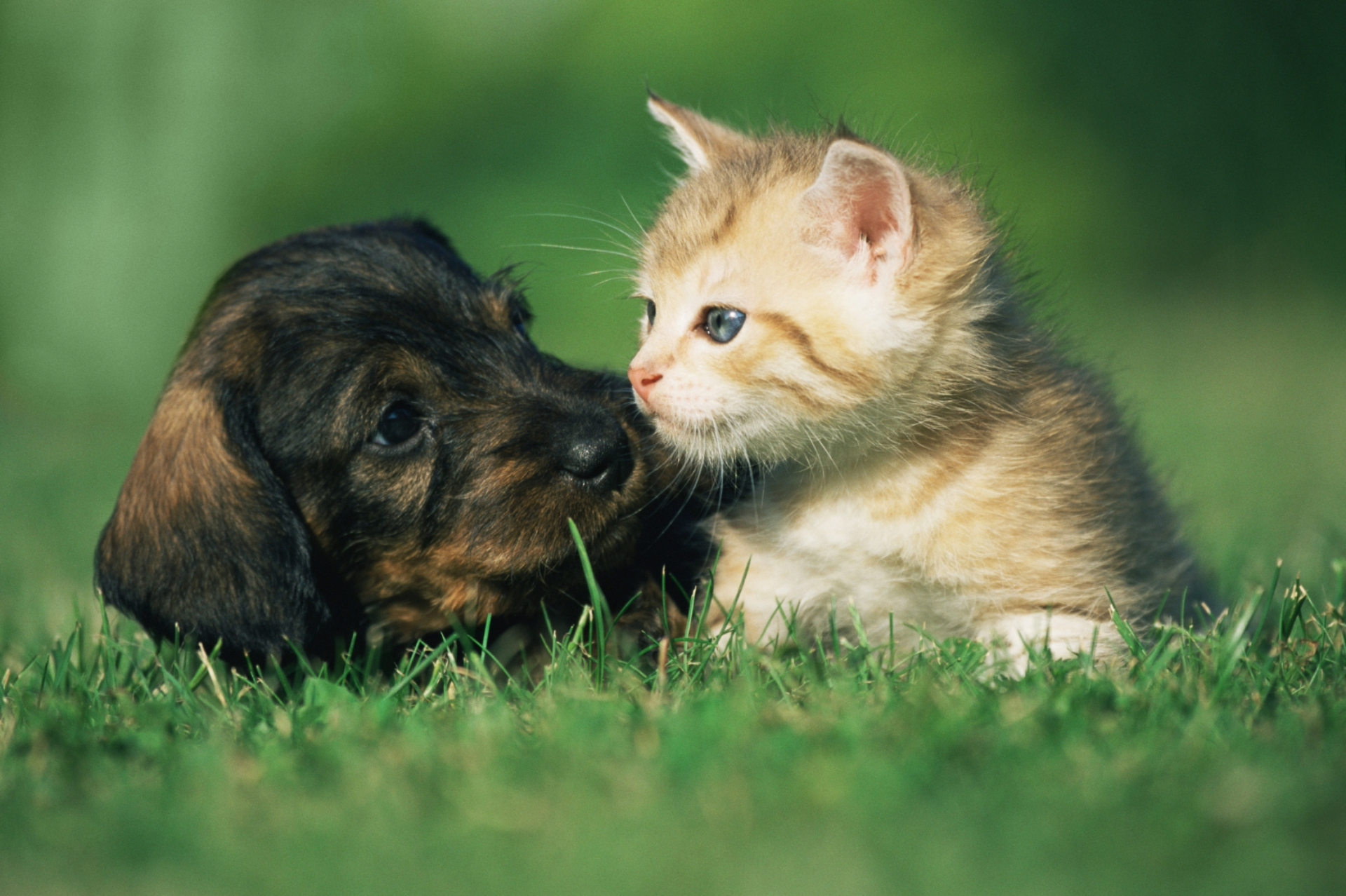
In general, kittens don’t tend to exhibit the territorialness that some adult cats display toward other household pets. When raising a kitten, it’s crucial to provide consistent positive social interactions with other animals to help them become comfortable sharing their space in adulthood.
One thing to consider when you’re getting a kitten though, or even if you have an adult cat is setting up a space in your home that is solely theirs. This will help them feel more comfortable and have a place to go if they feel overwhelmed.
4. Kittens don’t have a fully developed immune system
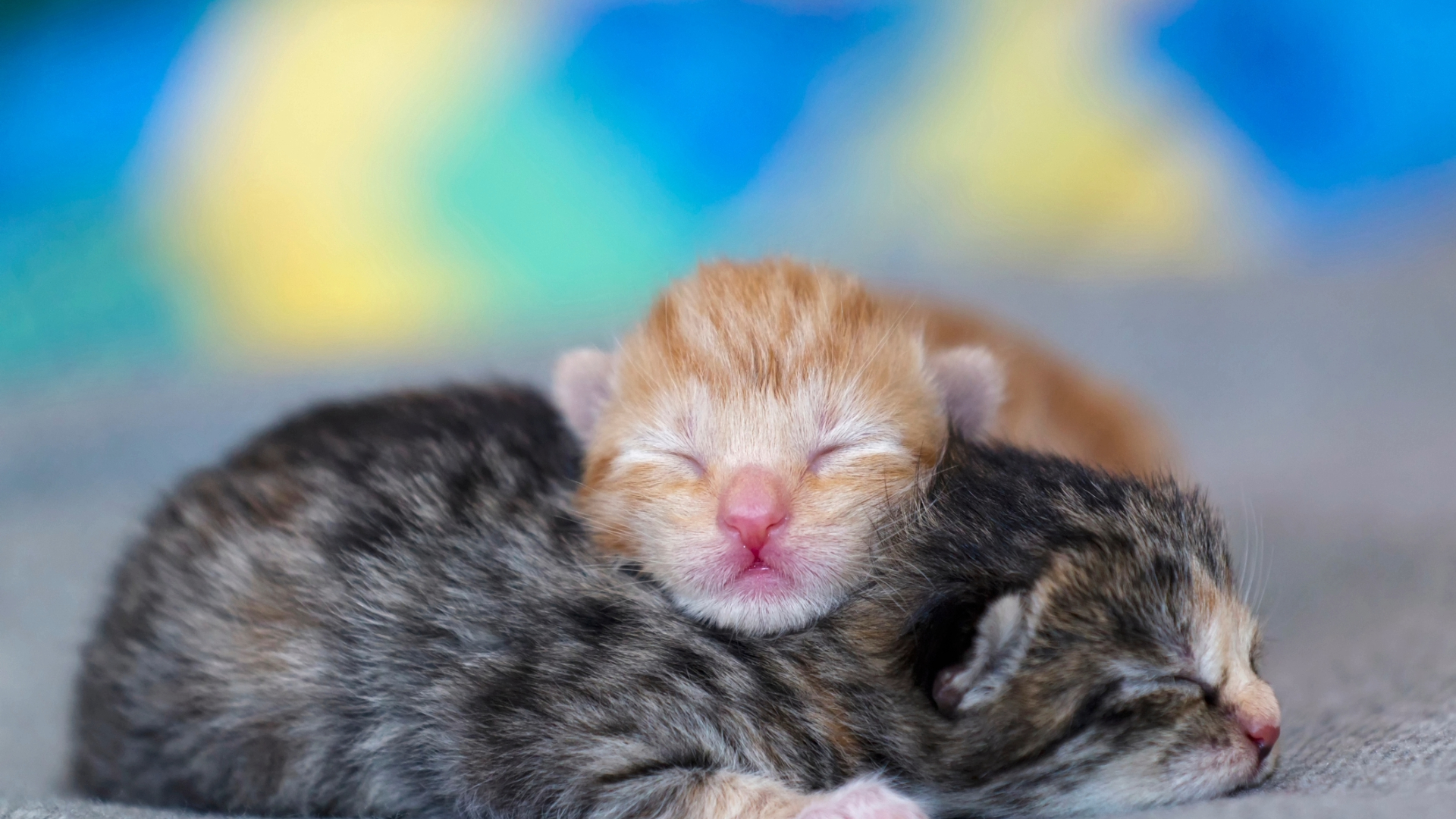
Until kittens reach six months of age, their immune system isn’t fully developed. This means young kittens are more susceptible to developing infections. Their bodies are also less capable of fighting off infections compared to healthy adults.
5. Newborn kittens depend on mother’s milk to fend off disease
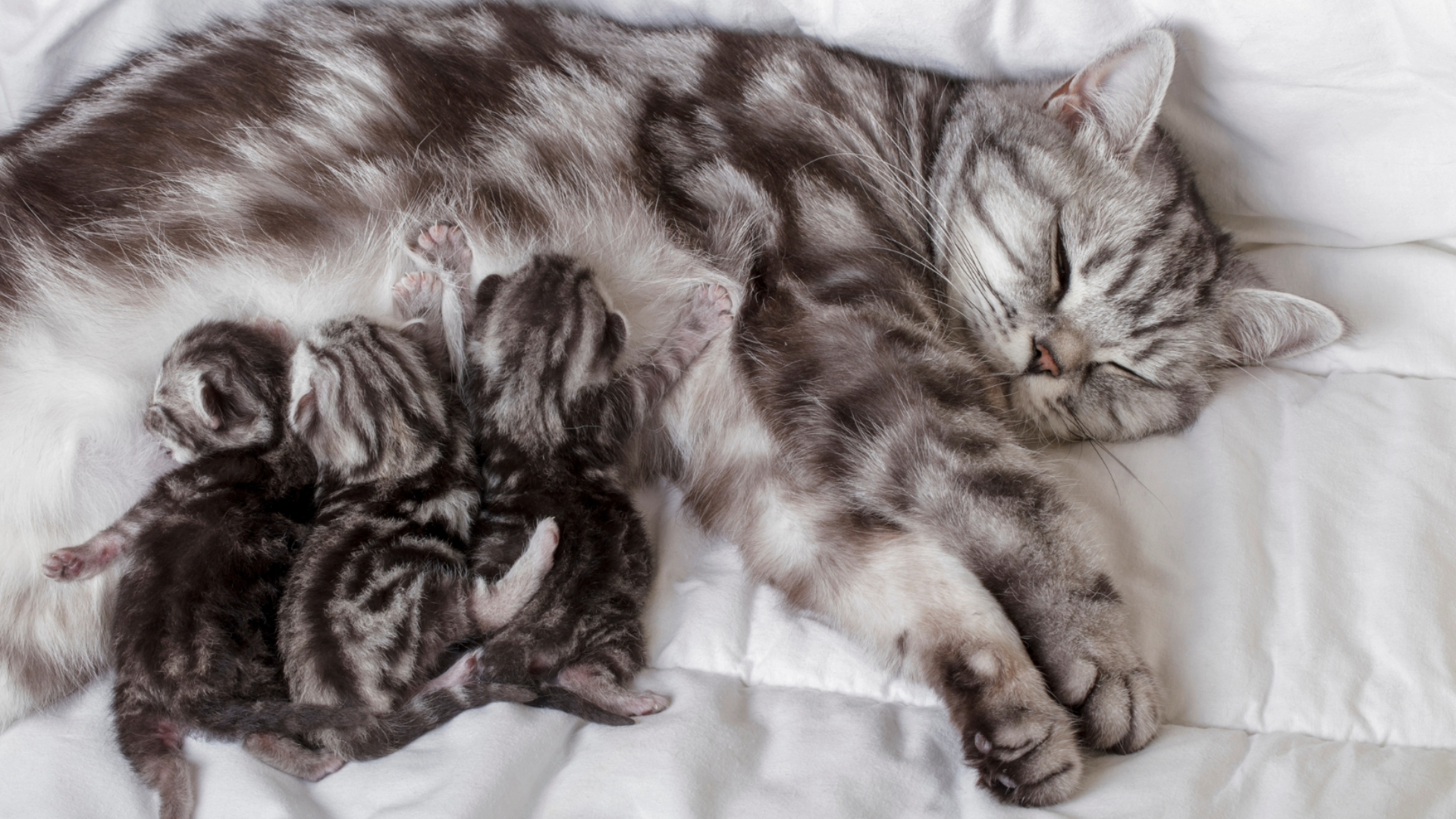
The first milk produced after birth is called colostrum. This milk contains essential antibodies that help protect newborn kittens against infection while their immune system develops. The antibodies present in colostrum help protect kittens for six weeks or more.
6. Newborn kittens’ eyes aren’t fully open right away
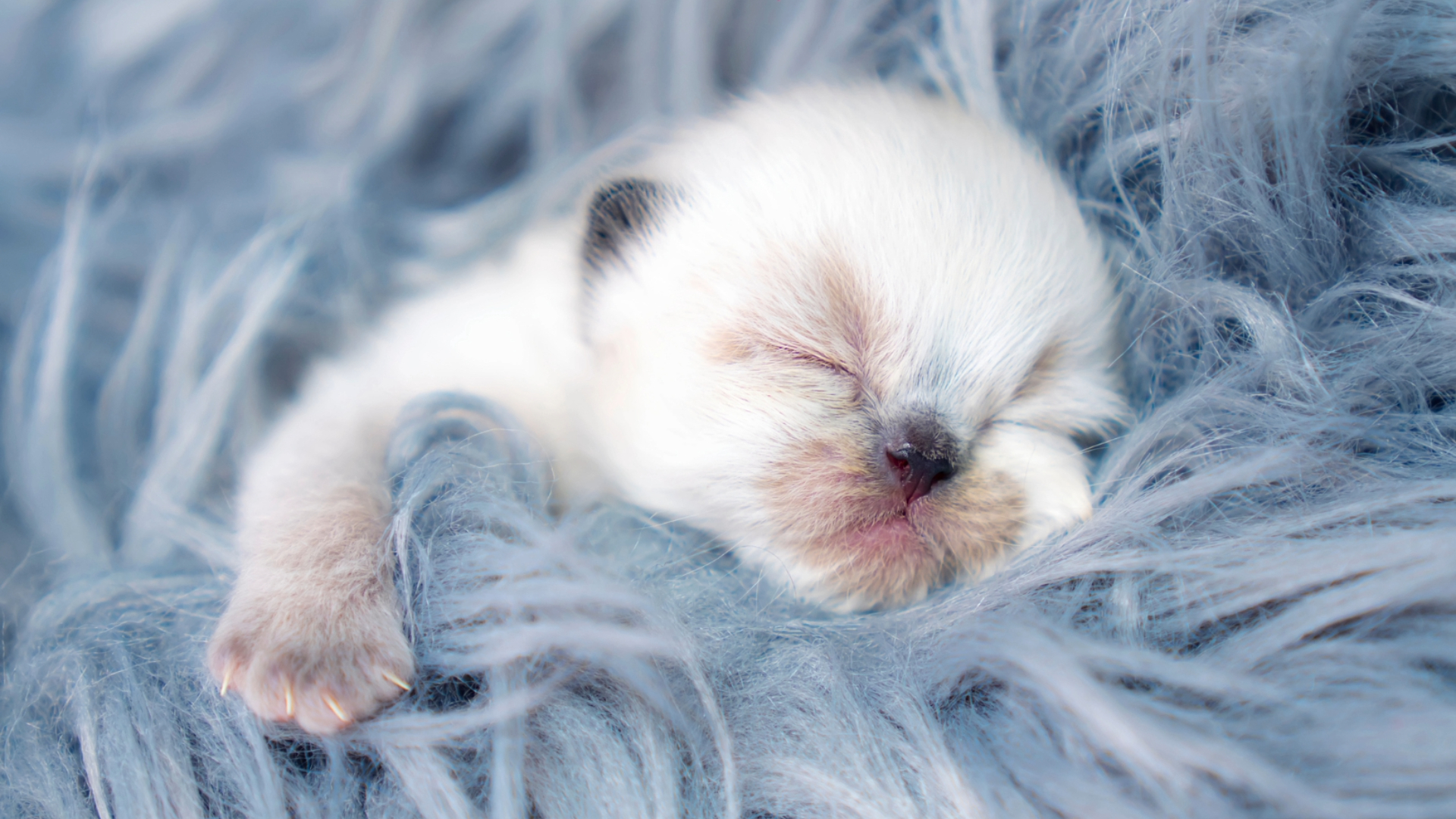
Kittens are born with their eyes not fully developed. Their eyes can begin to open around day two, but they aren’t fully opened until the kitten is between about eight and 12 days old.
7. While adult cats can feature a range of eye colors, young kittens have blue eyes
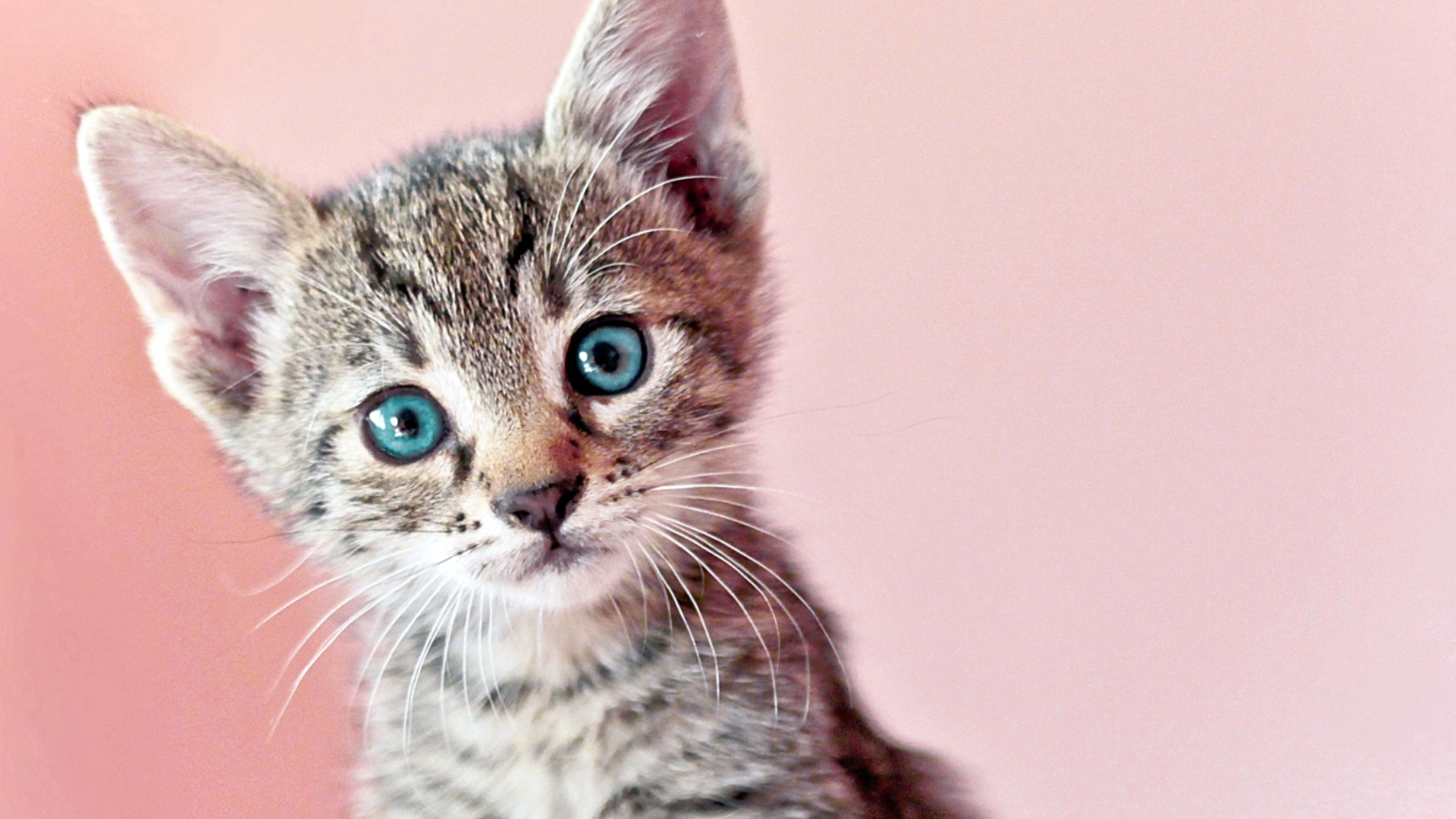
The vast majority of kittens are born with blue eyes. This is because they initially lack pigment production in their irises. At about six weeks of age, pigmentation of the iris occurs. At this point, your kitten’s eyes may turn green, yellow, brown, hazel, copper, gold, or orange. Some breeds retain blue eyes into adulthood.
8. While adults can regulate their body temperature, newborn kittens can not
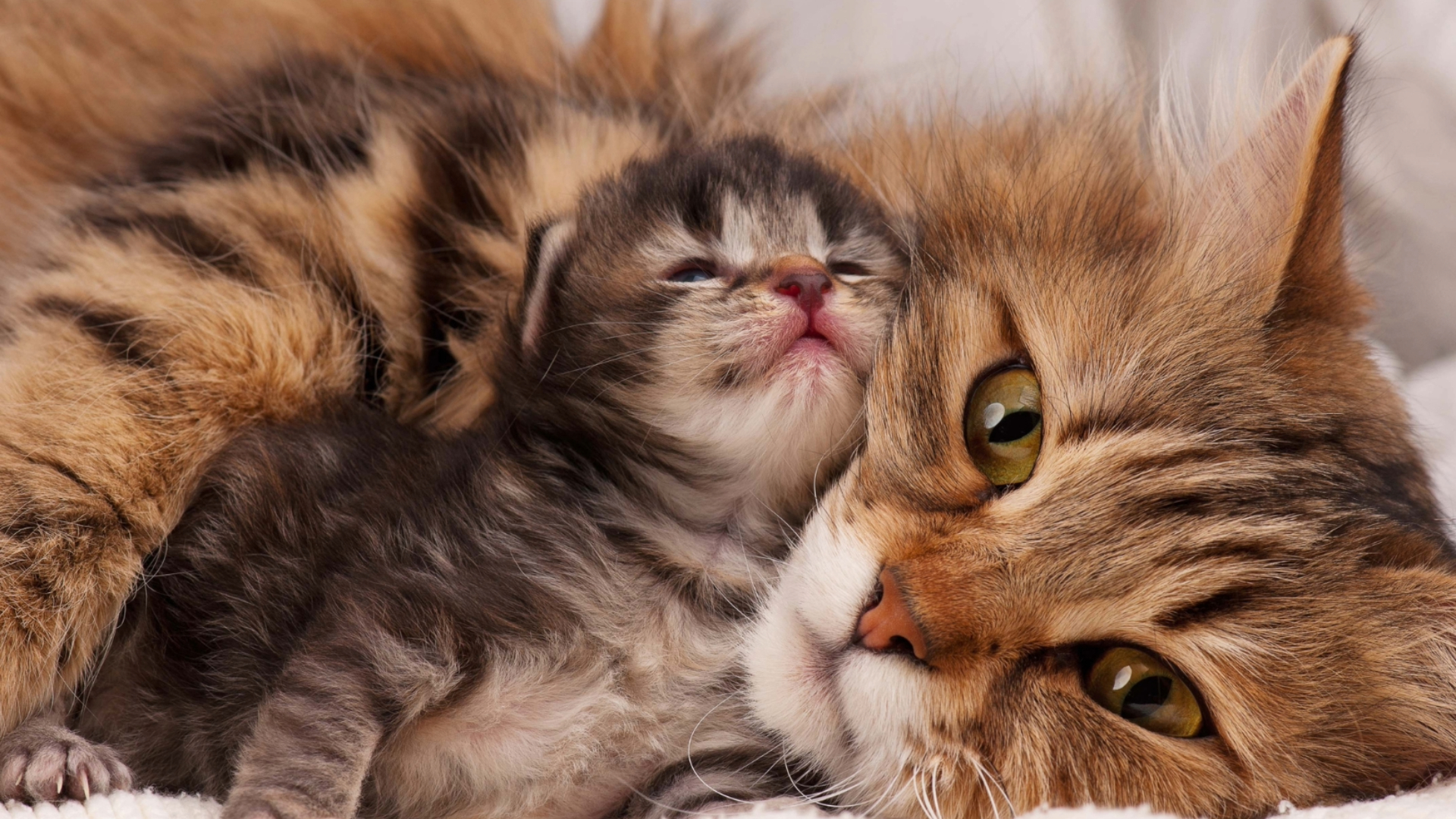
Under four weeks of age, newborn kittens are unable to regulate their body temperature (thermoregulation). This means they are highly dependent on their mother for warmth. Rescues who take in young orphaned kittens must provide an external source of heat to prevent hypothermia, according to the UC Davis Veterinary Medicine.
9. Adult cats are typically larger than kittens
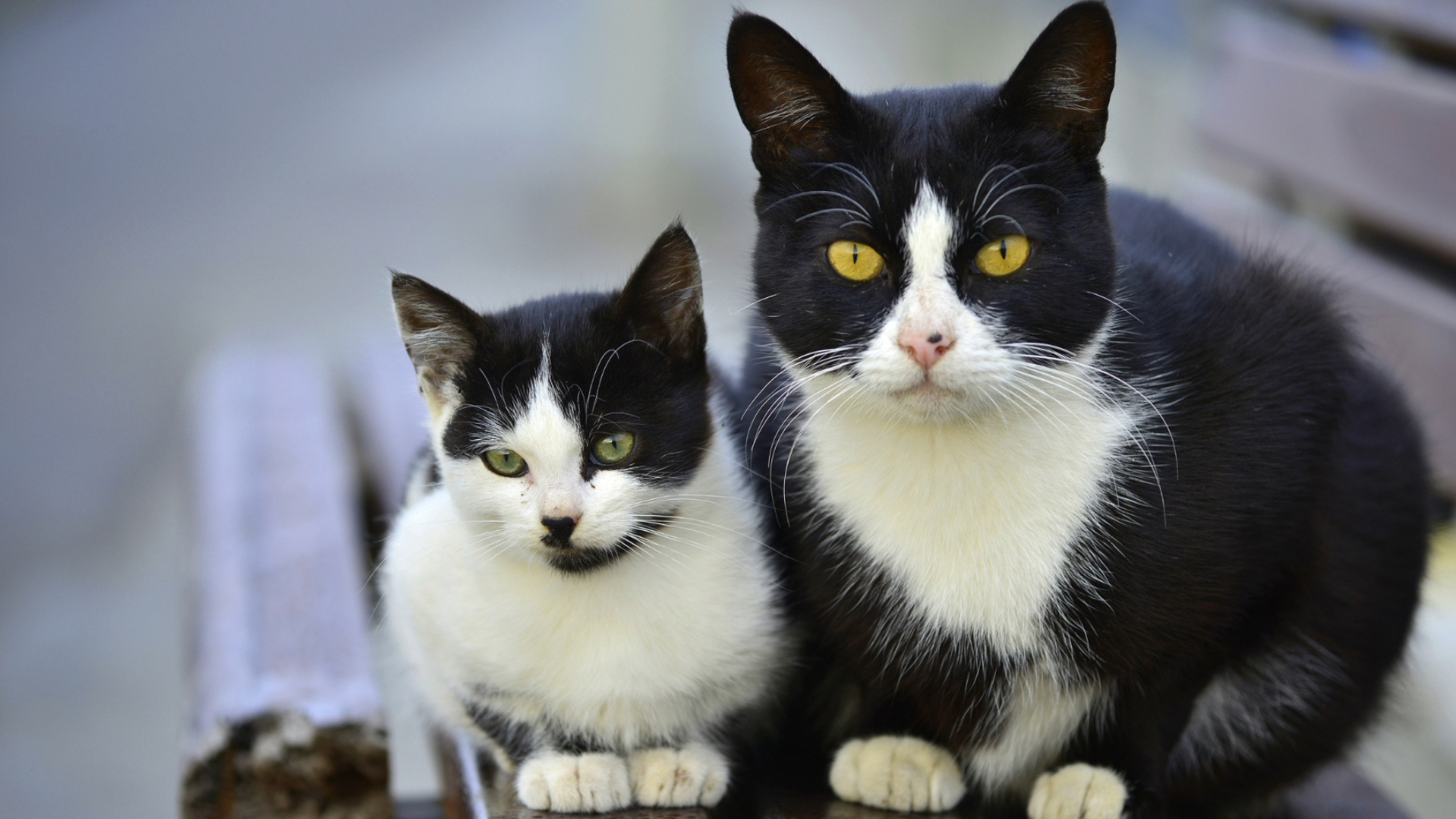
While breed sizes vary, an adult cat will always be larger than a kitten of the same breed. The Singapura is the smallest house cat breed, weighing between four to six pounds at maturity. The largest domesticated house cat breed, the Maine coon, weighs up to about 20 pounds at maturity. An adult Singapura will still outweigh an eight-week-old Maine coon kitten.
10. Kittens tend to be more boisterous than adult cats
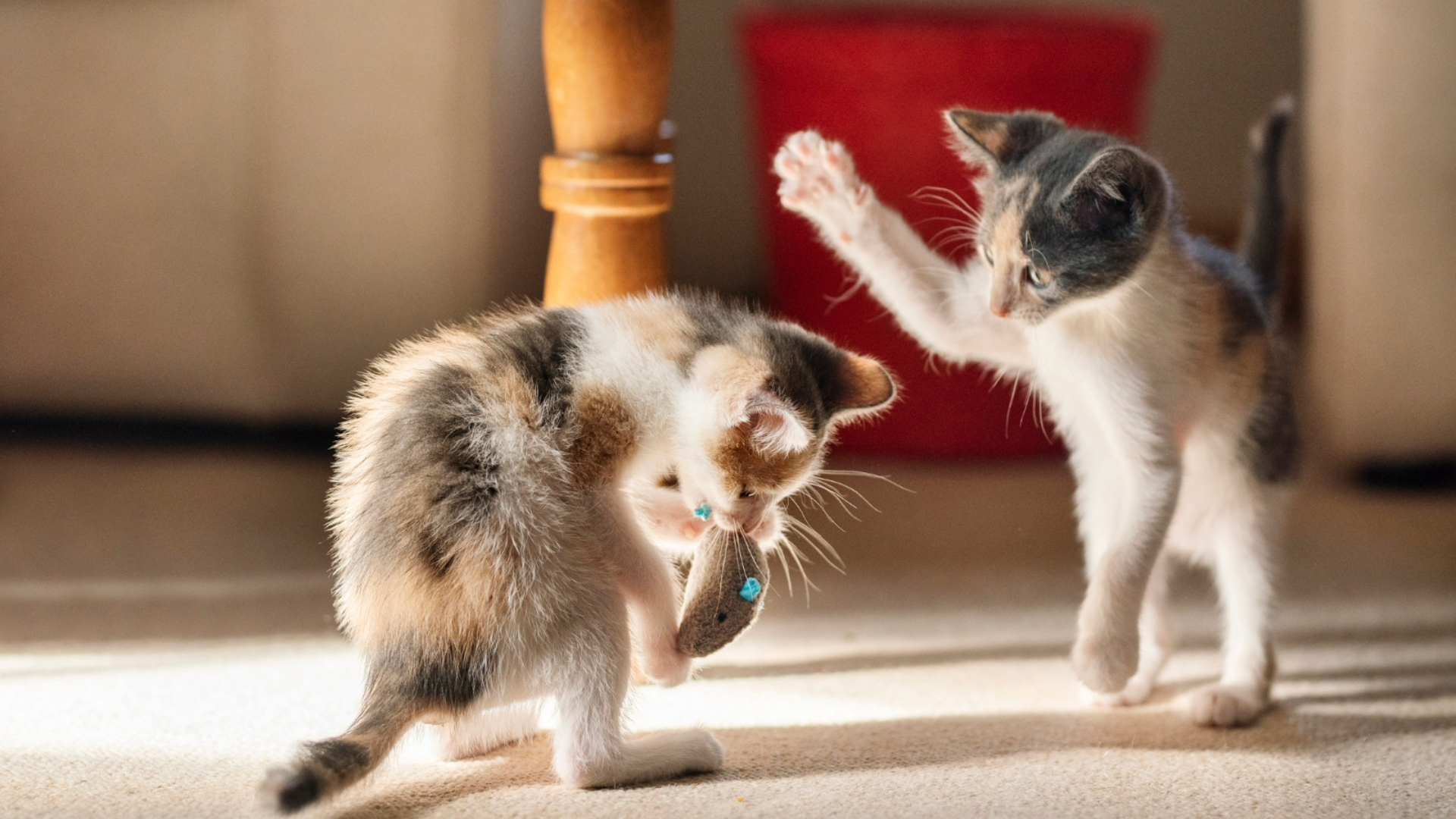
Like many baby mammals, kittens are typically quite playful and rambunctious, so having some of the best kitten toys around is a must. This is especially true once they reach six to eight weeks of age. Some kittens maintain the same intensity of boisterous behaviors into adulthood, especially if they are a high energy cat breed, but most kittens calm down somewhere around nine to 12 months of age.
11. Kittens need more fat in their diet
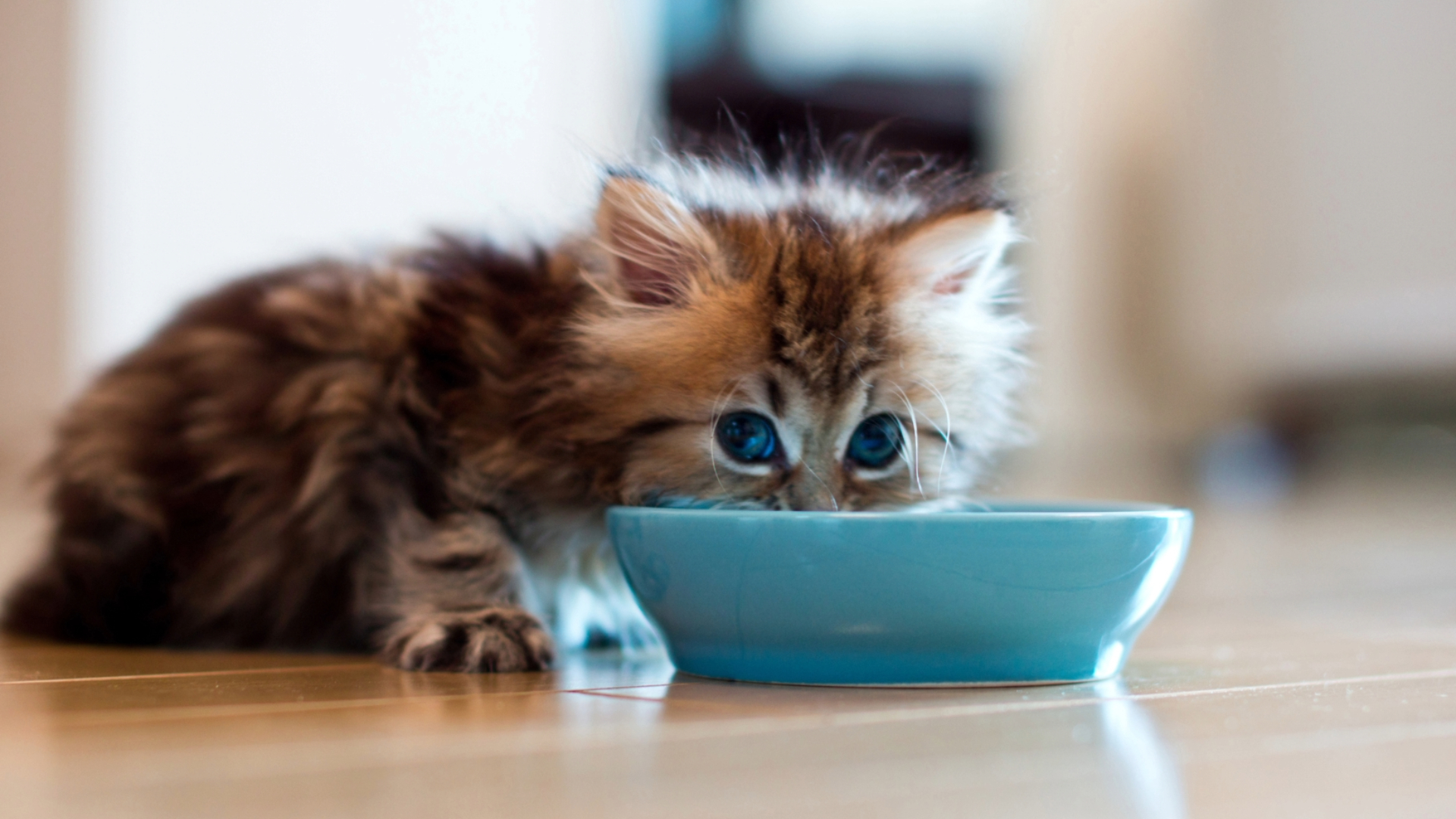
For the first four to six weeks of their life, kittens depend on their mother’s milk or a formulated substitute. They are typically weaned between eight to ten weeks of age. Kittens that weaned require much more calorically dense and higher-fat food than adult cats. An eight-week-old kitten generally requires about 60-65 calories per pound per day and of course, extra space for some of the best kitten treats.
12. Adult cats have a lower calorie requirement
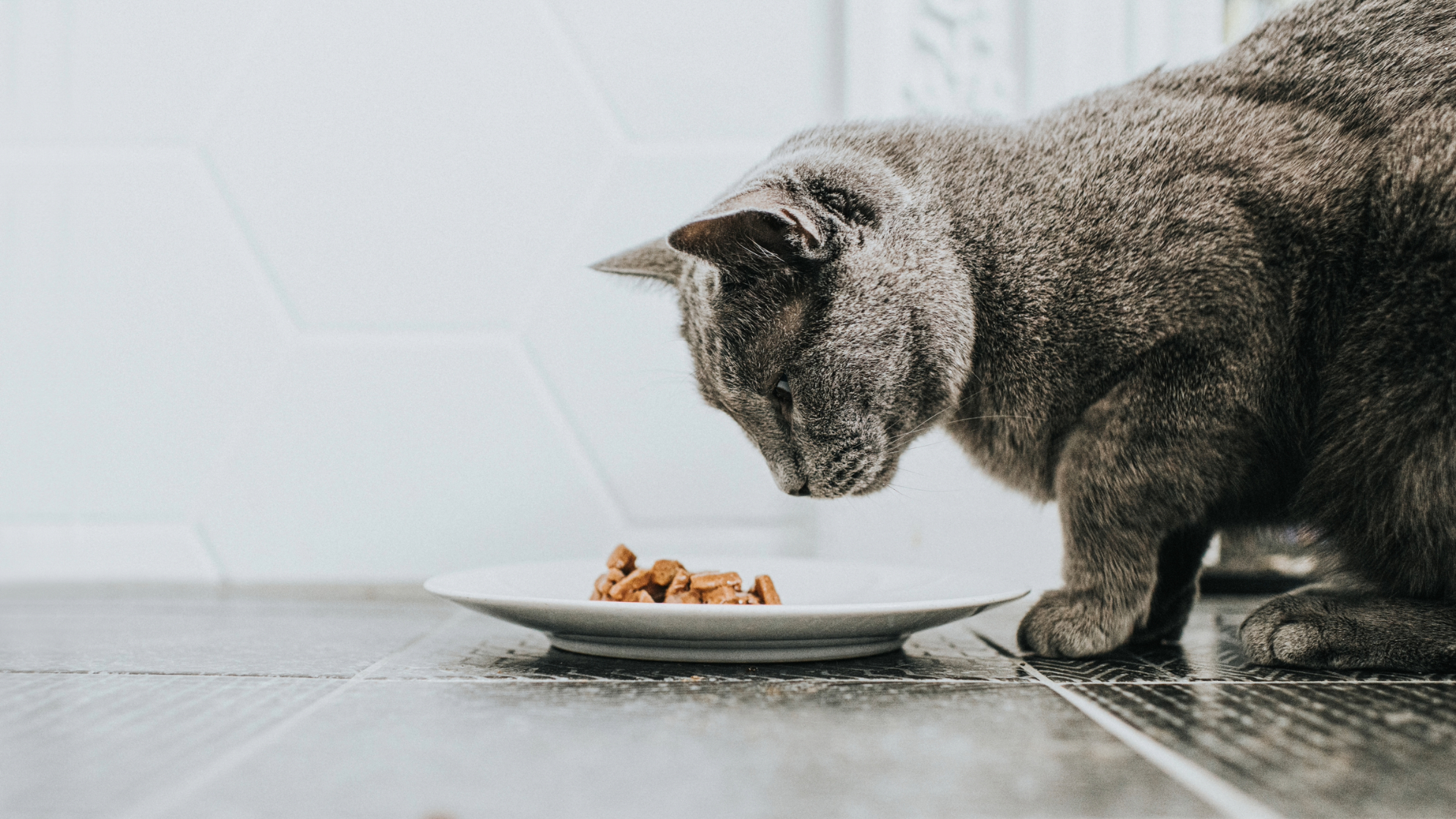
Compared to a developing kitten, mature cats have lower daily caloric requirements. They also require food less high in fat. Adult cats, on average, need about 20-35 calories per pound per day, many of the best dry cat food can help you meet your cat’s caloric needs. The specific amount depends on the overall health and activity level of your cat.
13. Young kittens need to eat more often
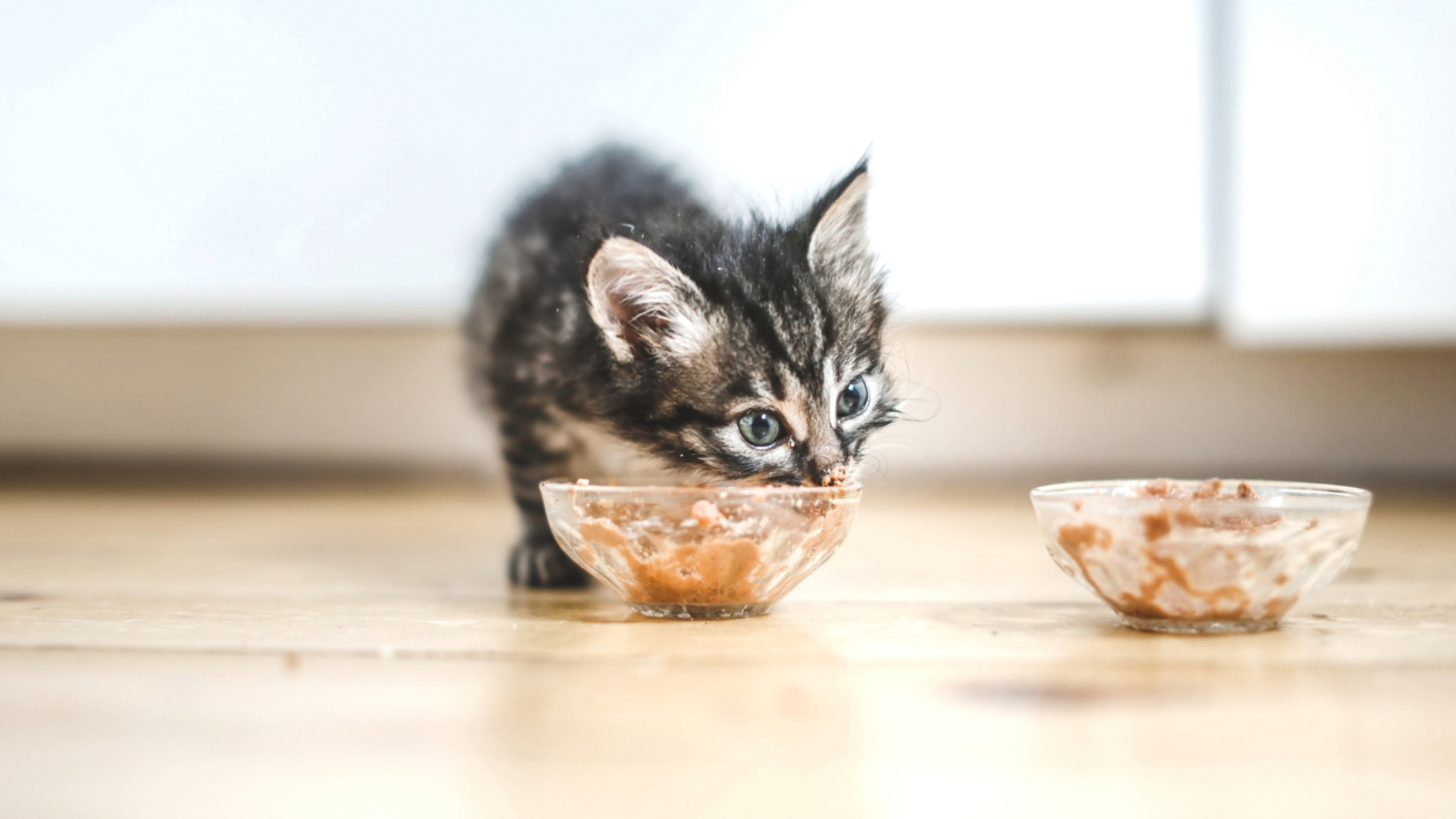
“How often should I feed my kitten,” is a question many kitten parents have wondered. For kittens between two to three months of age, a kitten typically needs to eat four to five meals per day. At three to six months, this rate drops to three meals per day. If you are unsure about which kitten food is best you can always check with your vet.
Once they reach six months old, most kittens eat the same number of times as fully mature cats, around two meals per day.
14. Cats sleep less than kittens
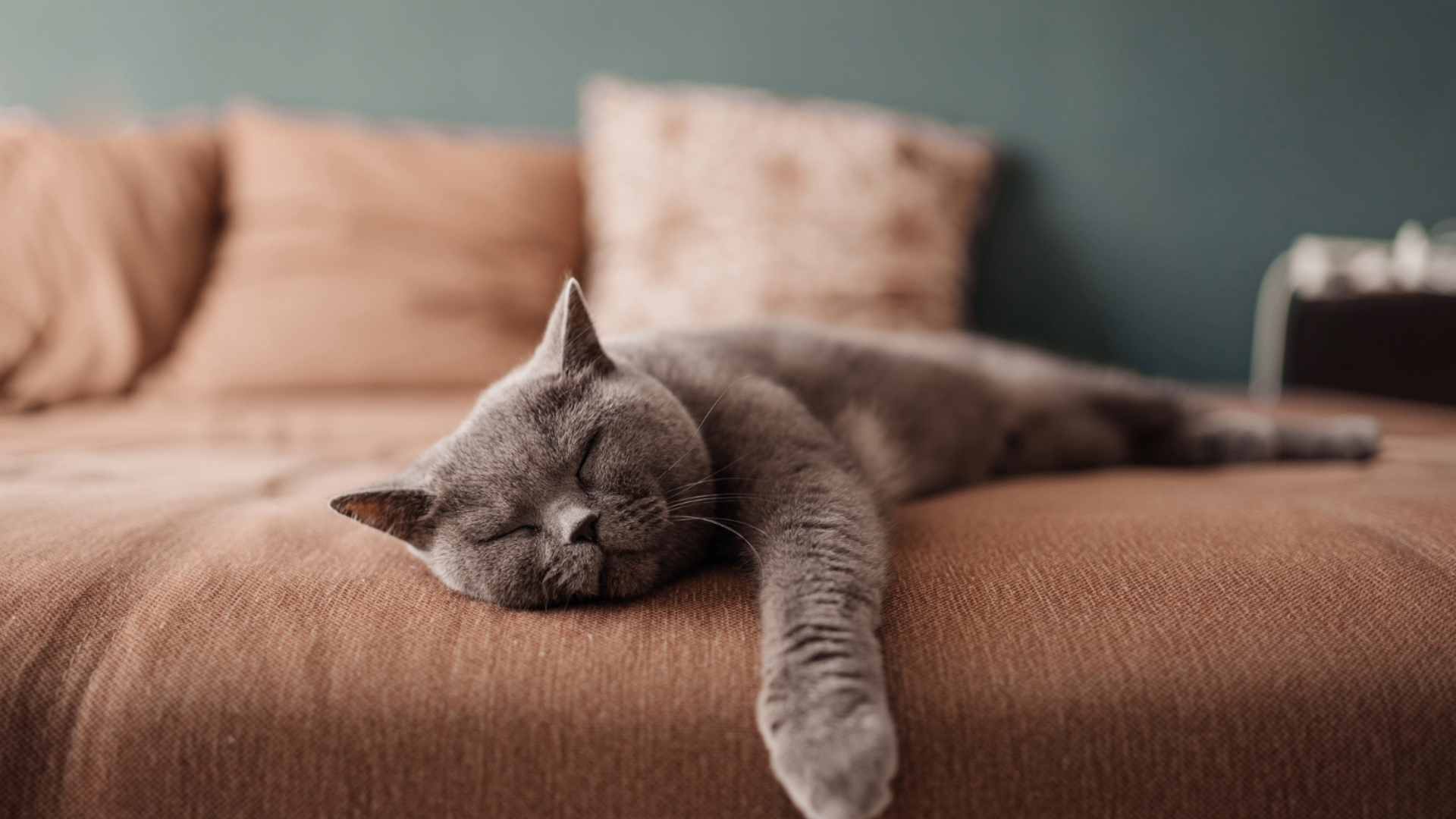
On average, a newborn kitten sleeps a whopping 22 hours per day. Between eight to 12 weeks of age, they need about 20 hours of sleep. By six months old, kittens are sleeping about 18 hours per day on average. Adult cats, in comparison, snooze about 16 hours per day. So investing in one of the best cat beds is key to helping your kitty get the best sleep possible.
15. Kittens require more vaccinations
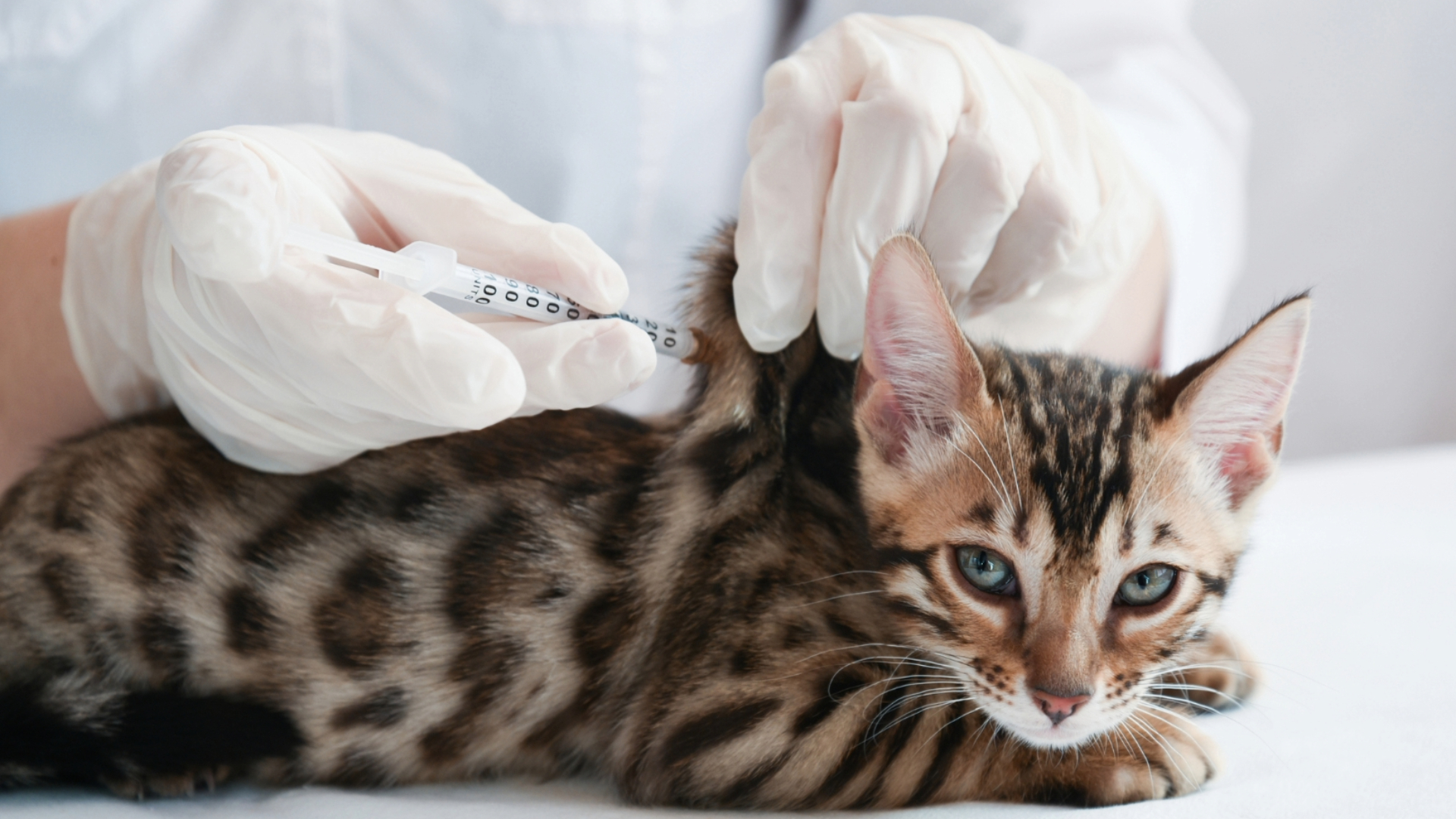
Beginning at six weeks, your kitten should receive their first of four doses of the FVRCP (Feline Viral Rhinotracheitis, Calicivirus, and Panleukopenia) vaccine. This immunization protects against feline viral rhinotracheitis (FVR), feline calicivirus, and feline panleukopenia. They should also receive three doses of the feline leukemia vaccine beginning at eight weeks of age, and a rabies vaccine between 12-16 weeks old. These vaccines will help protect them against some of the most common illnesses in cats.
16. Healthy adult cats don’t require vaccinations as often
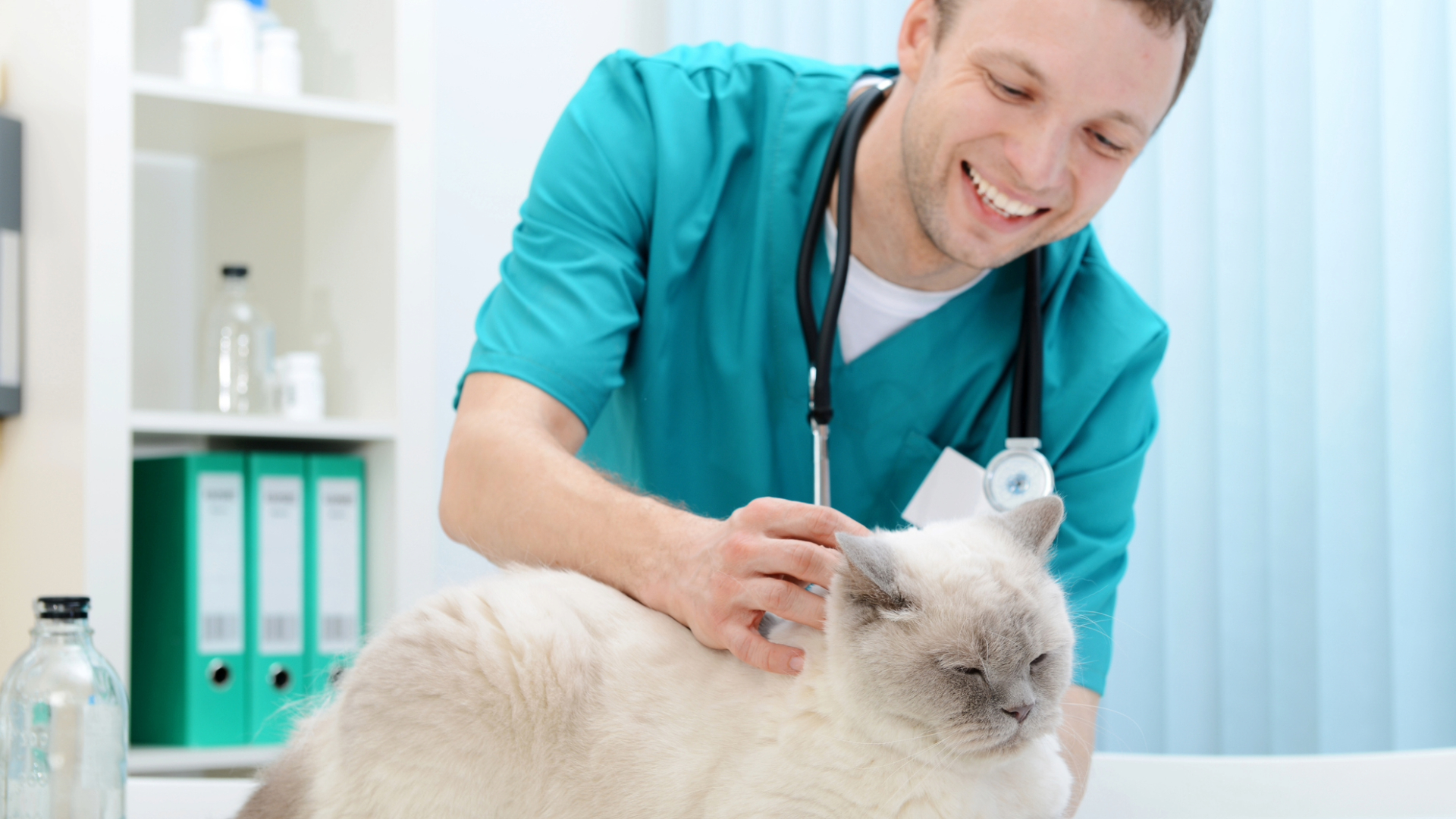
In comparison to the frequent vaccination schedule for kittens, healthy adult cats require much less frequent immunizations. At one year old, they typically receive a series of boosters. After that, adult cats generally receive core vaccines once every 3 years. With all the vaccinations that a cat requires from kittenhood, it is worth looking into some of the best pet insurance to help with the costs.
17. Kittens are often less agile
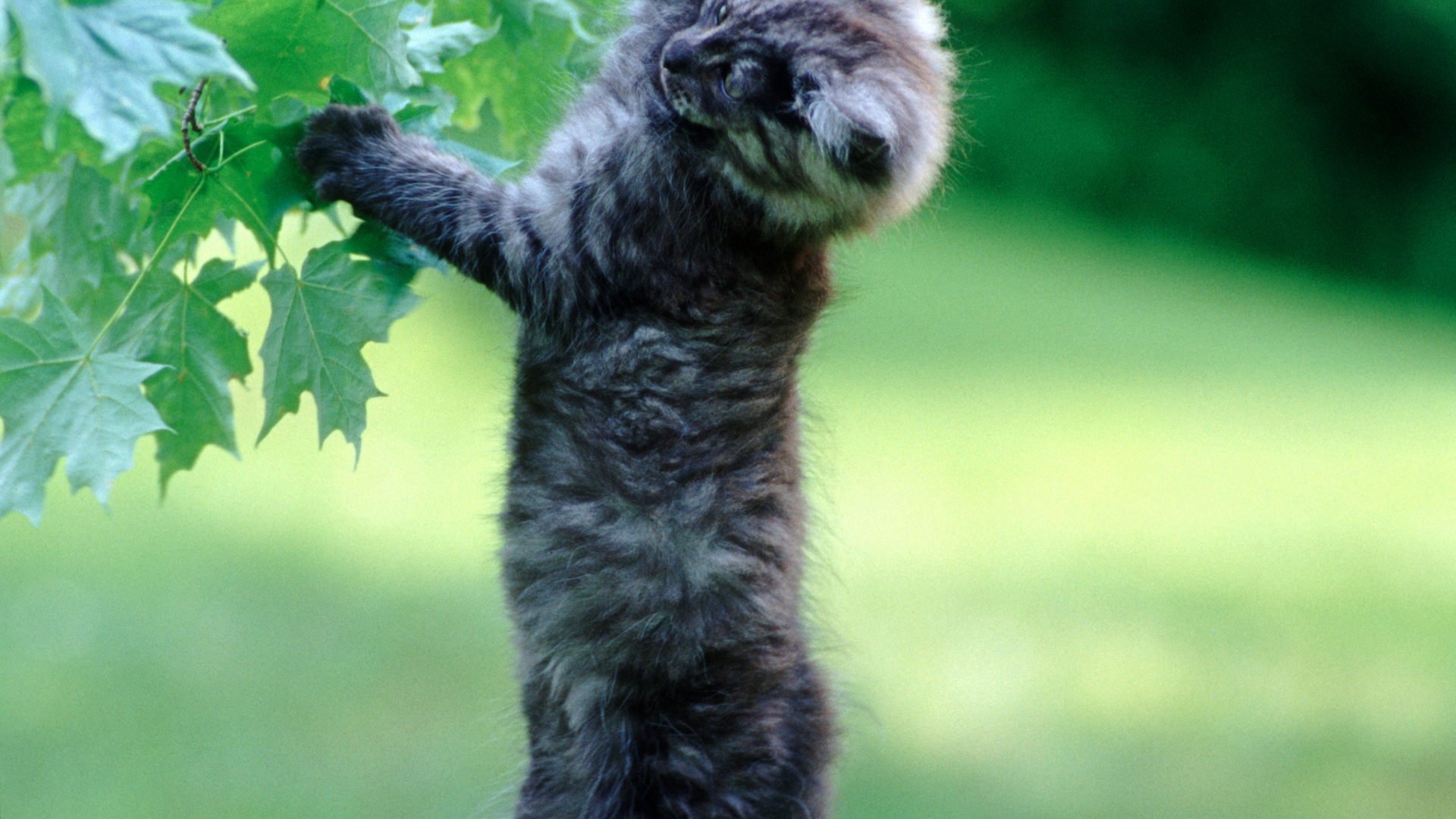
As kittens grow, they must develop their balancing skills through play and exploration. Having some of the best automated cat toys can help your kitten bolster these skills. If you have a kitten and a mature cat in your home, you may notice the kitten is less coordinated. Through practice, they develop the skills necessary to successfully pull off the acrobatic feats house cats are so well known for, like climbing to the top of the best cat scratching posts.
18. Adult cats require less supervision than kittens

As a general rule, mature cats tend to require less supervision than youngsters. Kittens love to explore their environment, and this is important for healthy brain and body development. However, their increased playfulness and motivation to explore every nook and cranny require more attention from human guardians. Equipping your home with some of the best interactive cat toys can keep your kitten from getting into too much trouble.
19. Adult cats are often calmer than kittens

While your kitten may want to climb up your leg, claw the furniture, and chew on a range of potentially dangerous or fragile items, well-rounded adult cats tend to be more mellow. If, however, your adult cat doesn’t consistently have core enrichment and social needs met, they may exhibit destructive and restless behaviors. We recommend having the best cat trees can help minimize these behaviors.
20. Kittens may be more active at night
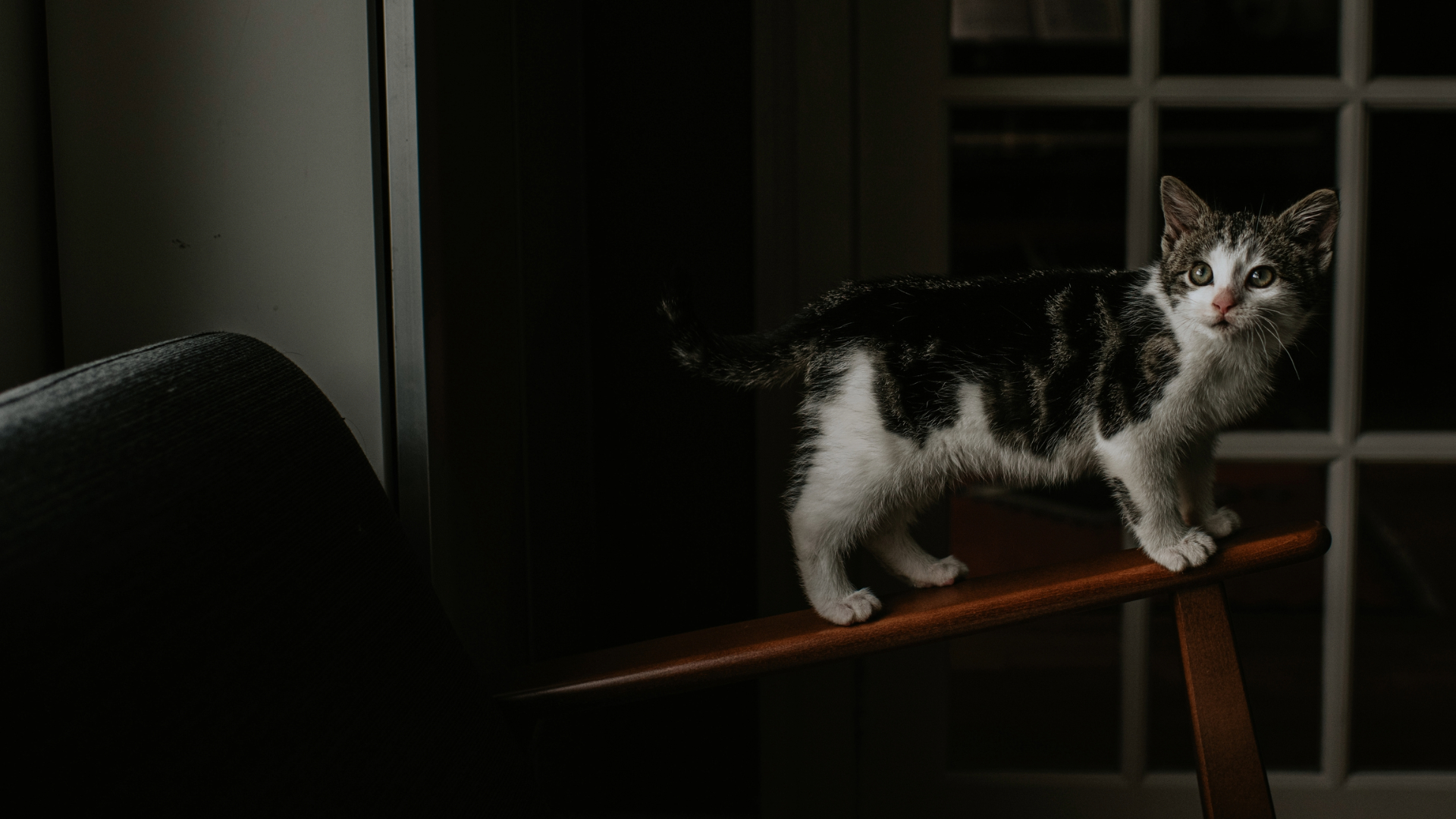
Are cats nocturnal? Possibly. While kittens need a ton of sleep, they are more likely to be active and boisterous at night compared to adults. This is also true of adolescent cats. A mature, well-adjusted cat is more likely to sync with the activity schedule of their human guardians.
21. Kittens can have more risky pregnancies
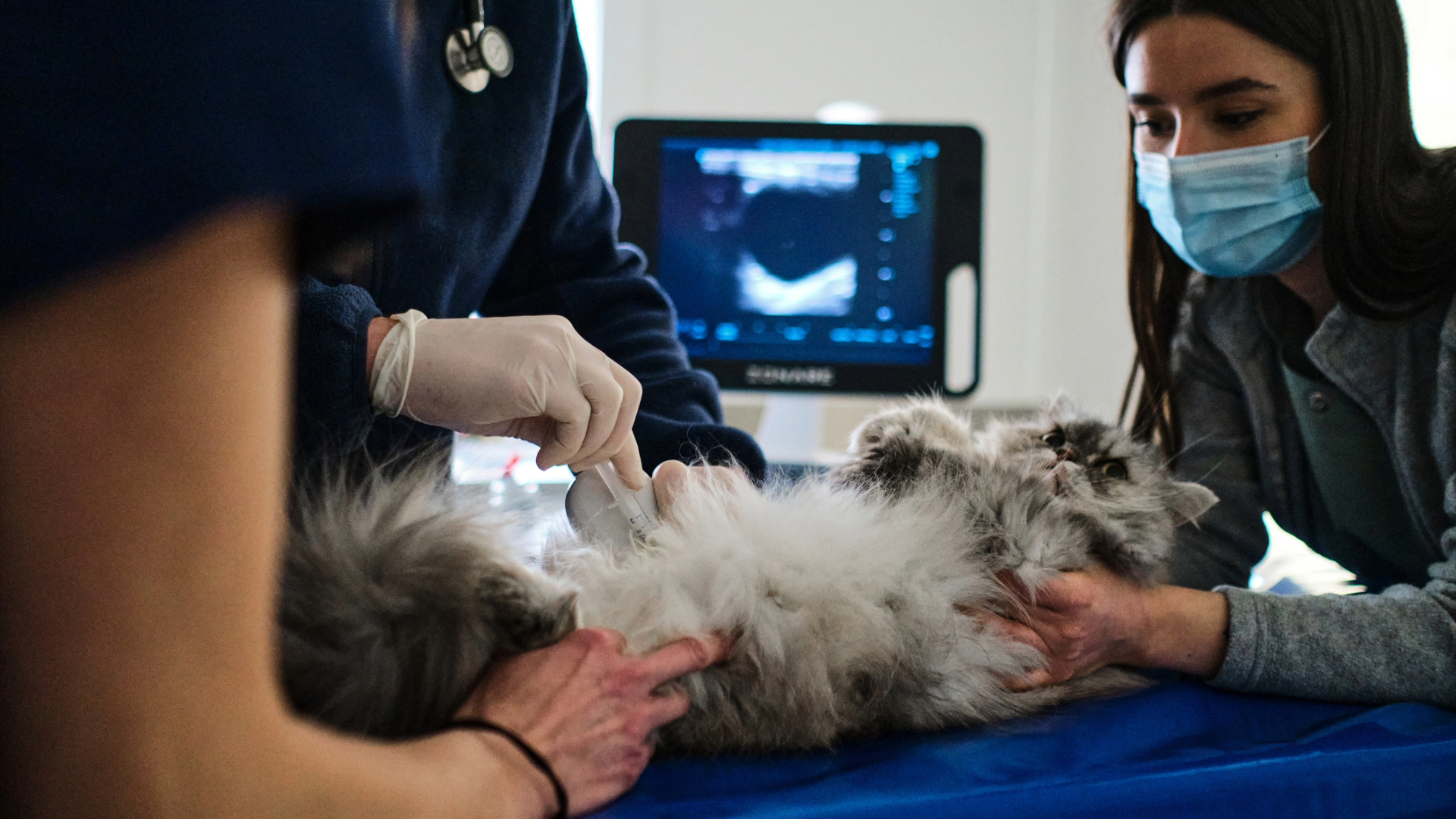
While a cat doesn’t reach full maturity until 12-18 months old, they can become pregnant as young as four months of age. A pregnancy can put much more strain on a young cat’s body as she is still developing. This can result in complications during the pregnancy and birth.
22. An adult cat is often more independent
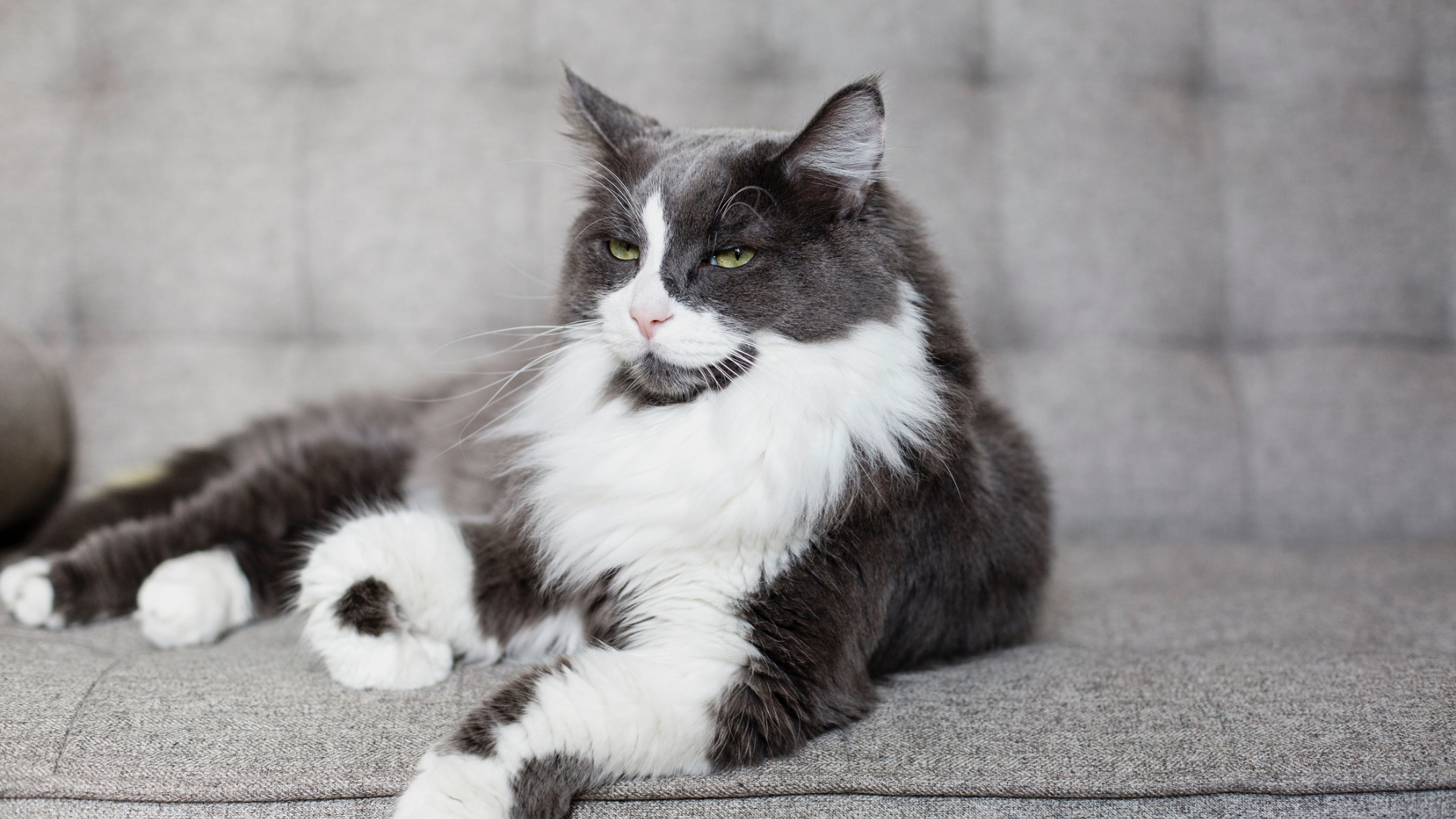
Compared to kittens, adult cats are often more independent. They are less likely to be constantly underfoot or request as much attention. Of course, some adult cats are still quite adamant about staying right next to their person. But in general, kittens need more intentional, consistent interactions with their human guardians.
23. Kittens have shorter attention spans
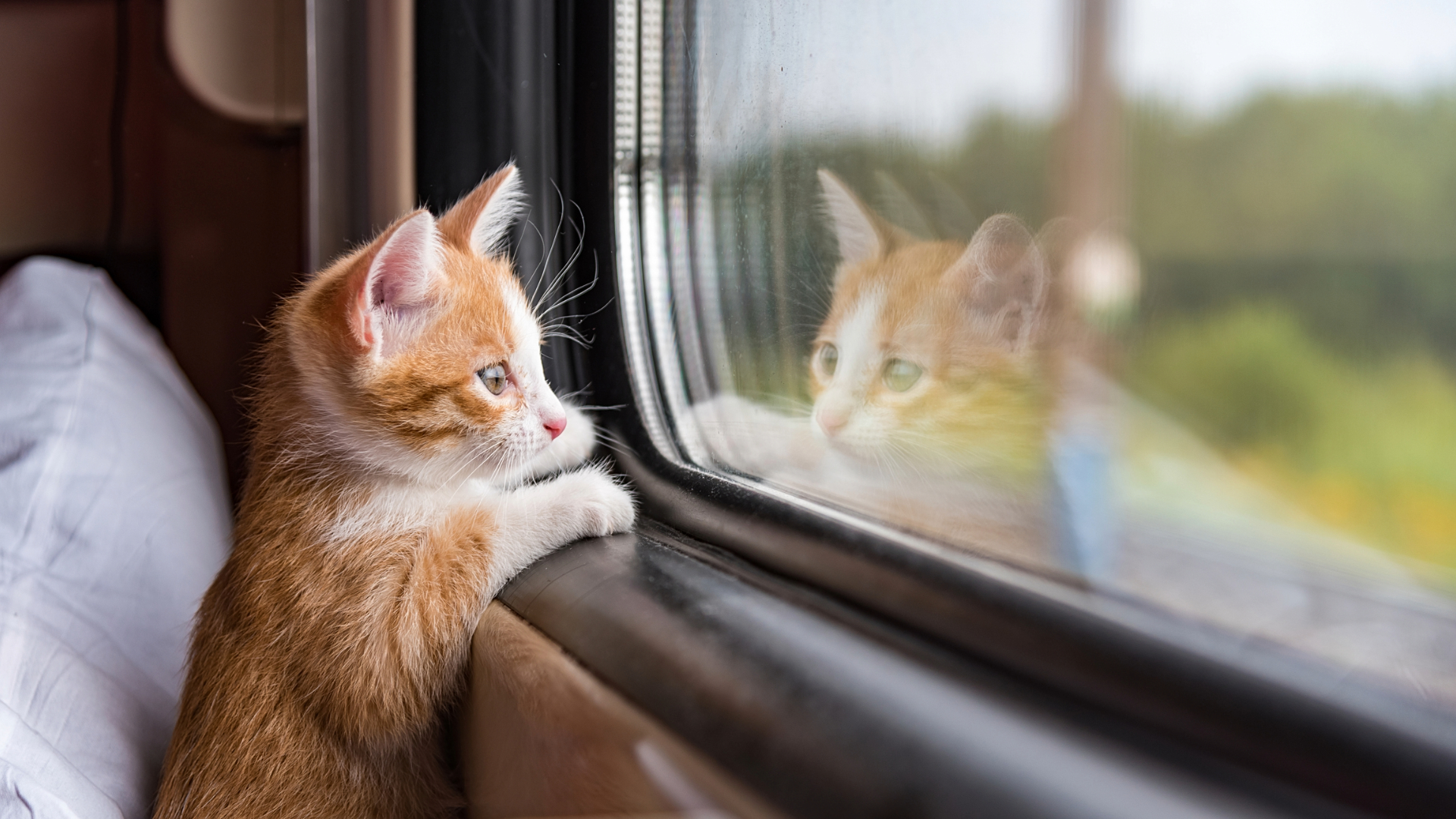
When teaching your kitten cues, it’s important to understand that they have shorter attention spans compared to mature cats. Positive reinforcement training should only last a couple of minutes per session until your kitten reaches about four months old. Sessions should be short, fun, and full of play and scrumptious treats. It’s best to incrementally increase training time and move at your kitten’s pace.
24. Kittens form and lose baby teeth before developing adult teeth
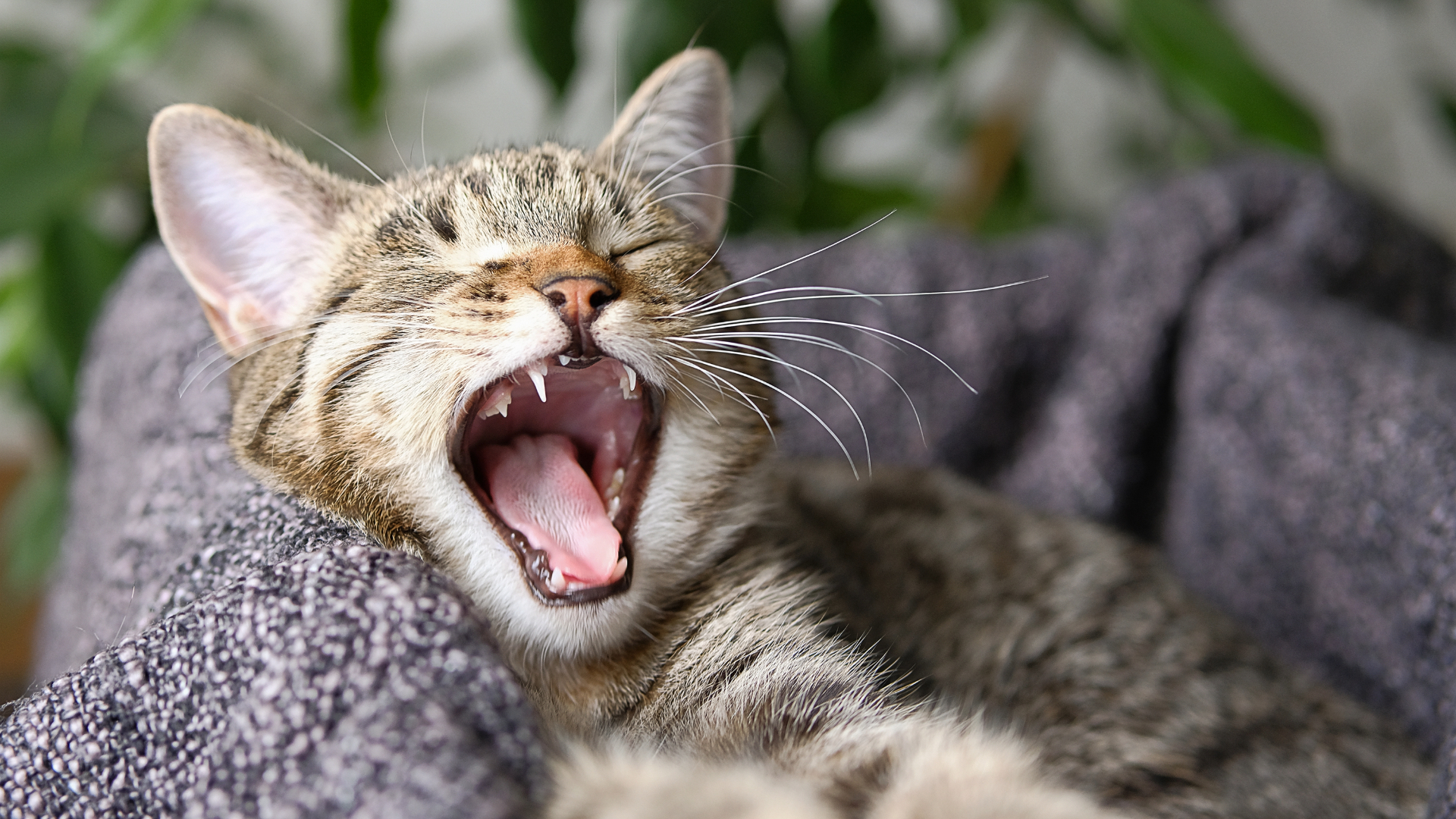
Like humans, newborn kittens are born without teeth. At around three weeks of age, their primary set (or deciduous) of 26 milk teeth begins to form. At roughly 12 weeks old, kittens lose their baby teeth. In their place, they develop 30 permanent, or adult, teeth. They fully form their adult teeth by about six months old. Try out some of the best kitten teething toys to help ease any discomfort and give your kitten something to nibble on while those teeth break through.
25. Newborn kittens can’t hear
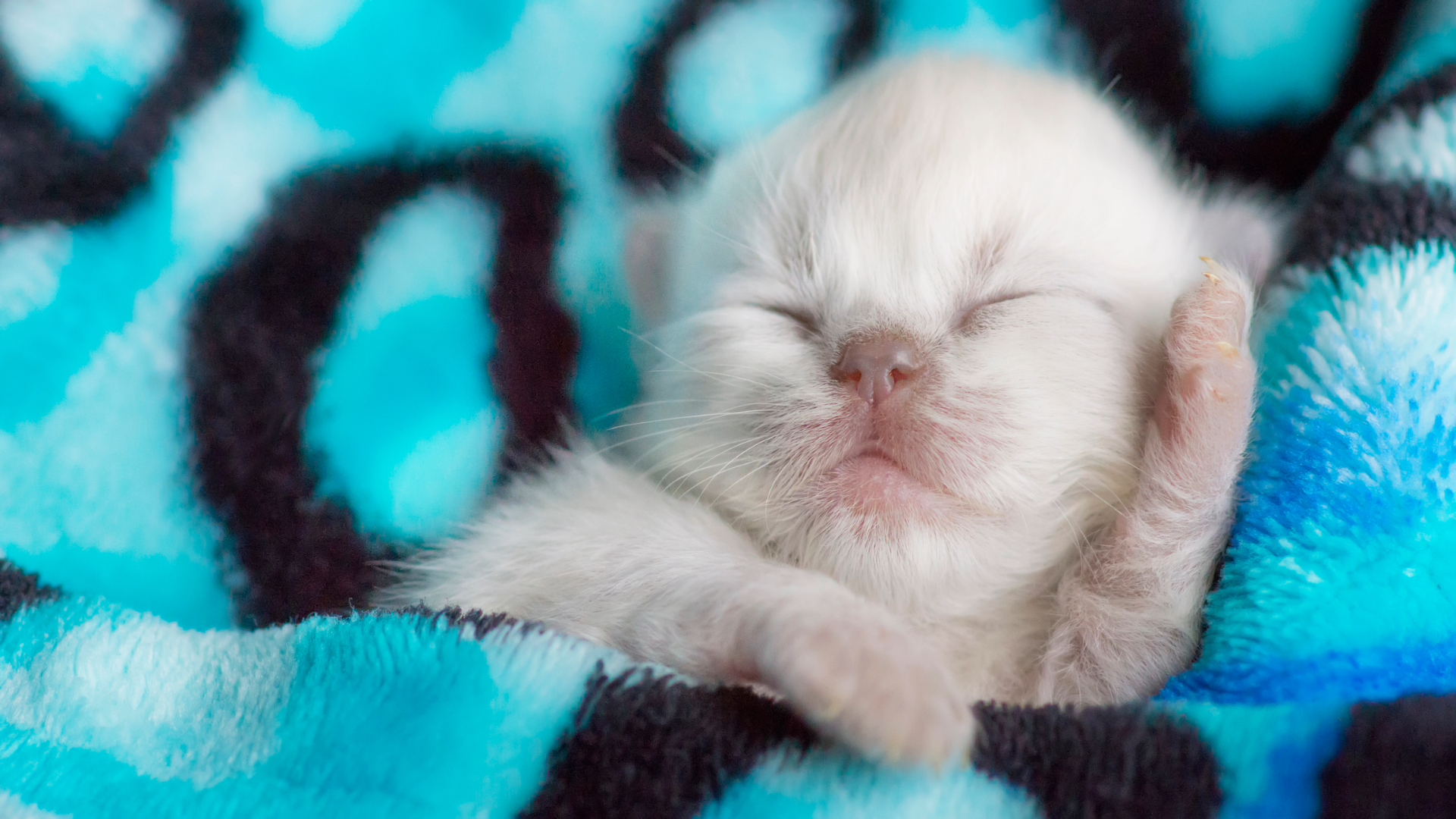
While adult, healthy cats have fully formed ears, kittens are born with their ears folded. They are unable to hear until their ears start to unfold at about five days old. At this time, they can begin to hear sounds. By three weeks old, their ears are fully unfolded and point upwards. Hearing is fully developed by six weeks of age.
26. Newborn kittens don’t clean themselves
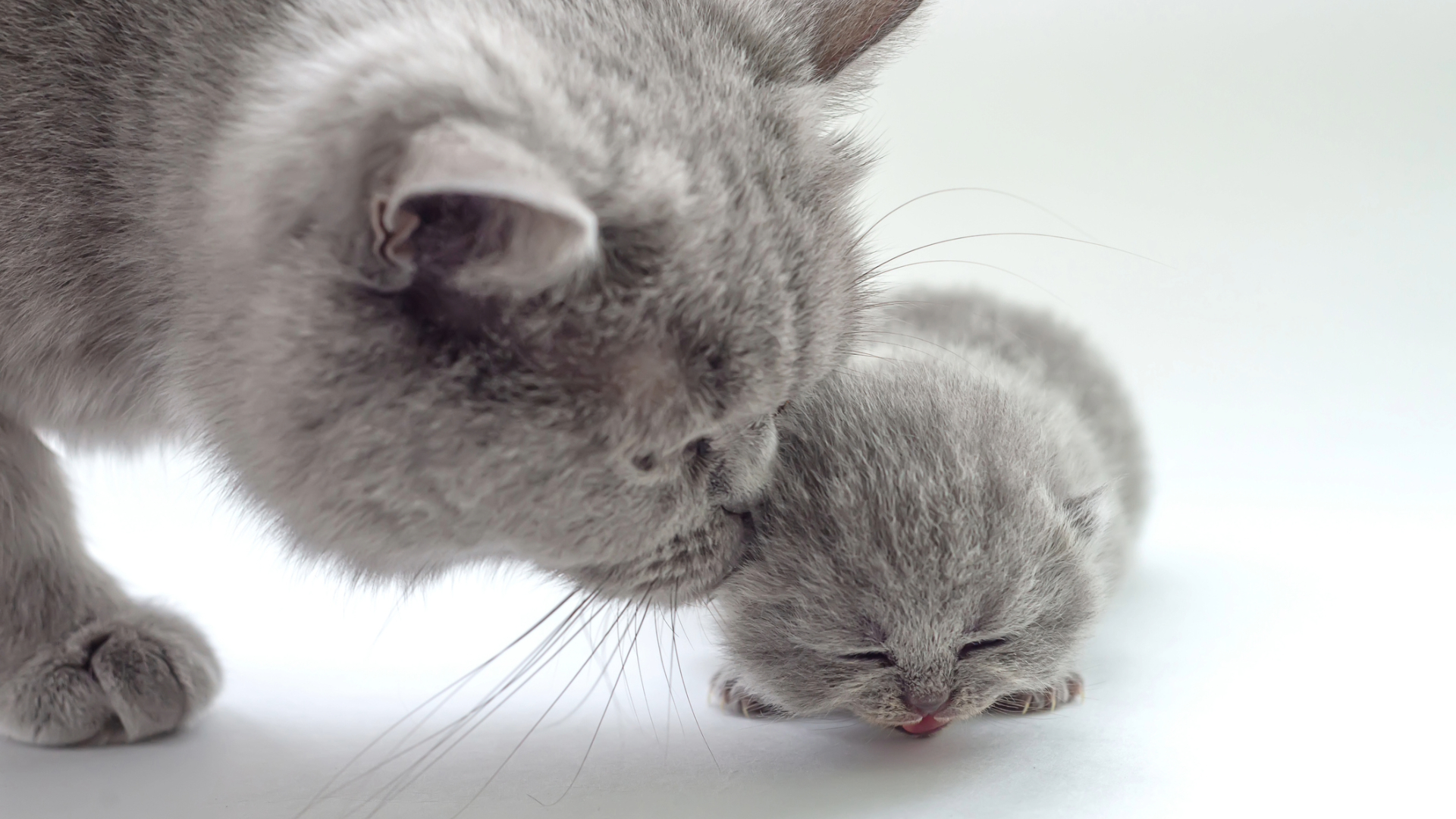
While adult cats groom themselves, kittens under four weeks of age are reliant on their mothers to stay clean. Self and mutual grooming begins to develop around four weeks of age and continues into adulthood. Although they may still enjoy a nice grooming session from the human with one of the best cat brushes.
27. Adult cats are better at climbing
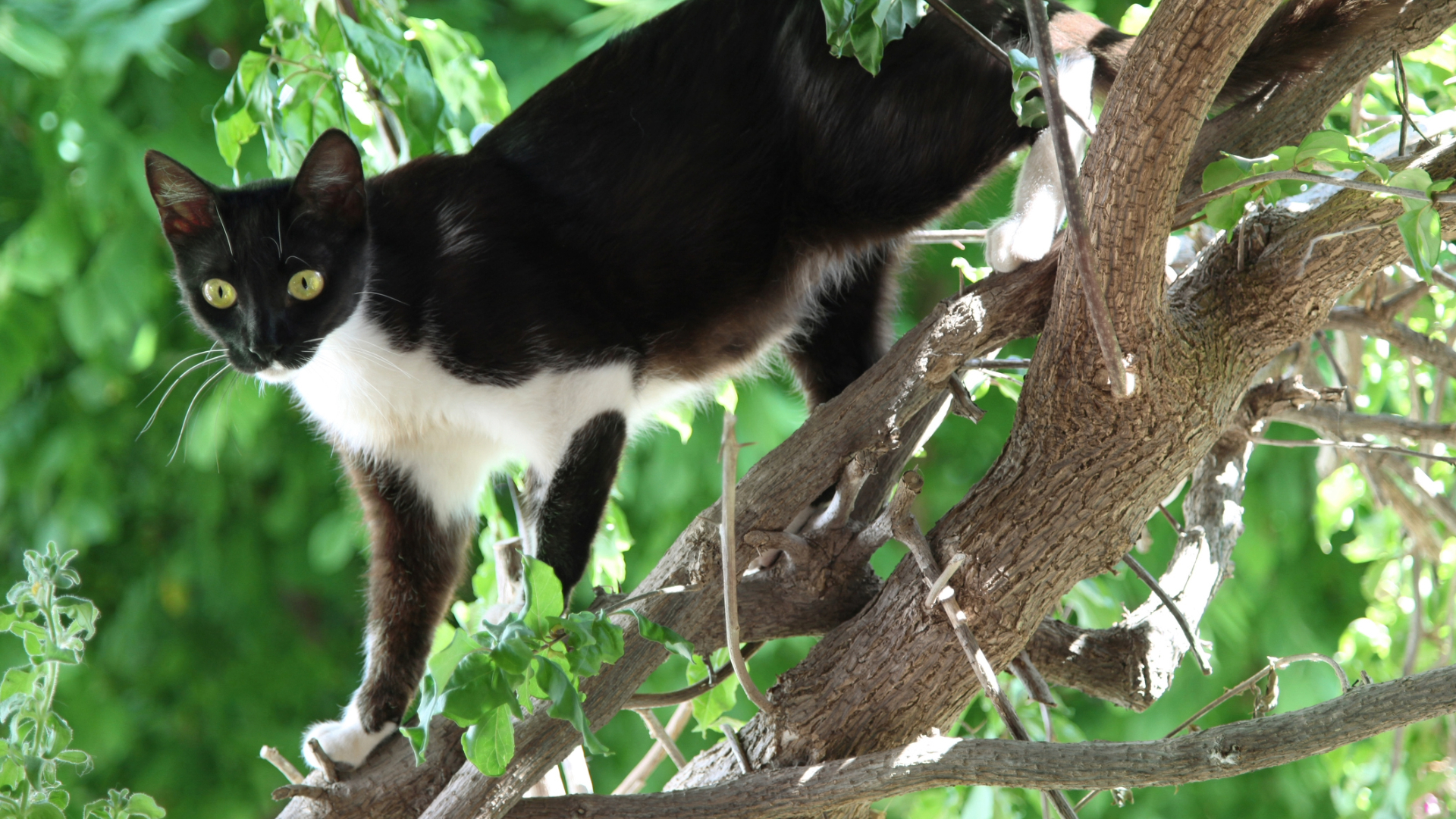
Adult cats are typically well adapted to climbing trees and grippy vertical structures. Kittens don’t start climbing in earnest until they are about seven weeks old. At this age, you typically notice a spike in energy levels, jumping, climbing, and running. It takes them many weeks of practice to become adept in agility.
28. Young kittens don’t hunt
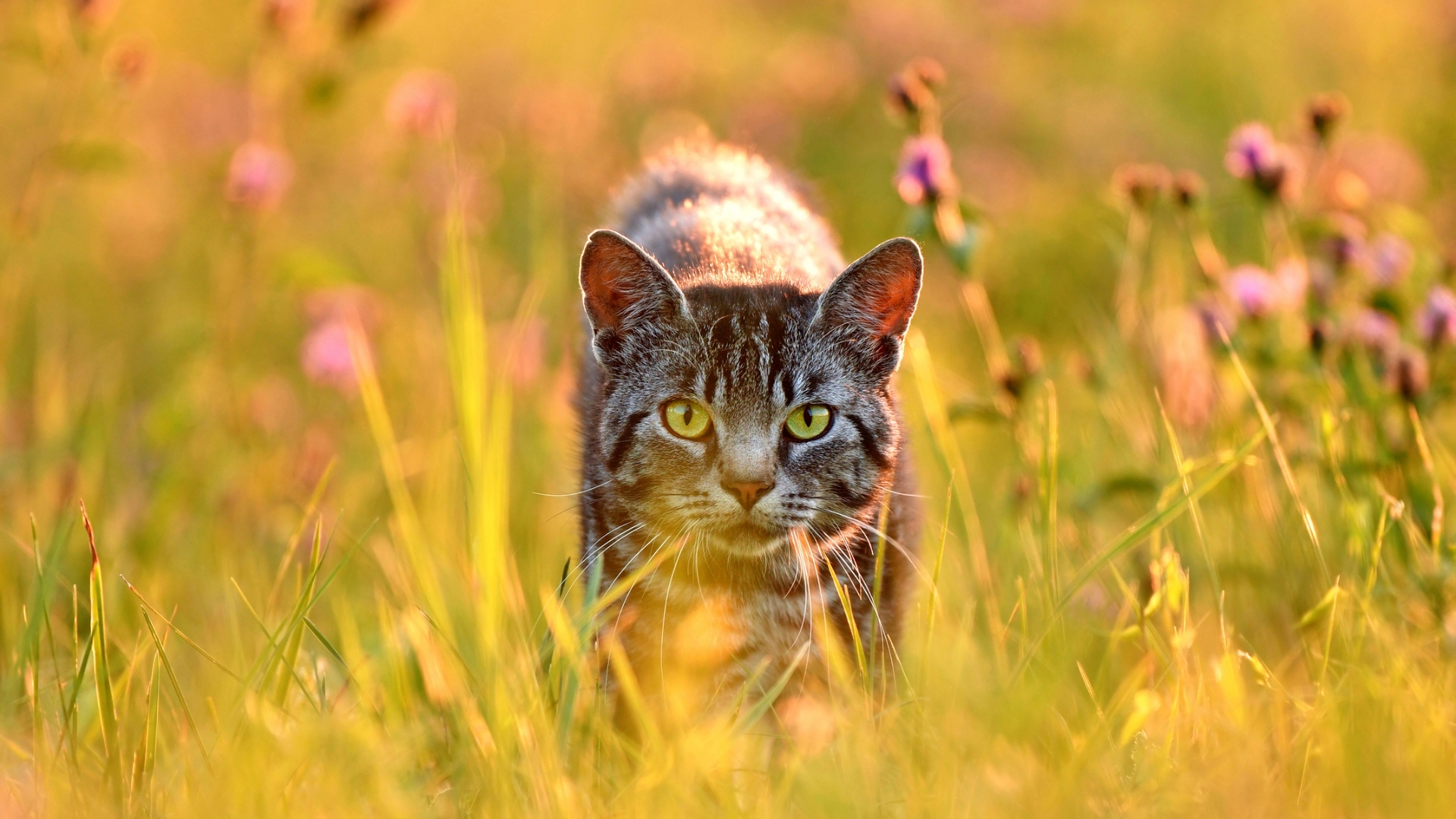
In general, domesticated house cats are extremely skilled hunters. However, they typically don’t develop a drive to hunt until they’re about six to seven weeks old and this skill isn’t entirely innate. Instead, they acquire and hone hunting techniques by watching and imitating their mother and other adult cats.
29. Young kittens have sharper teeth
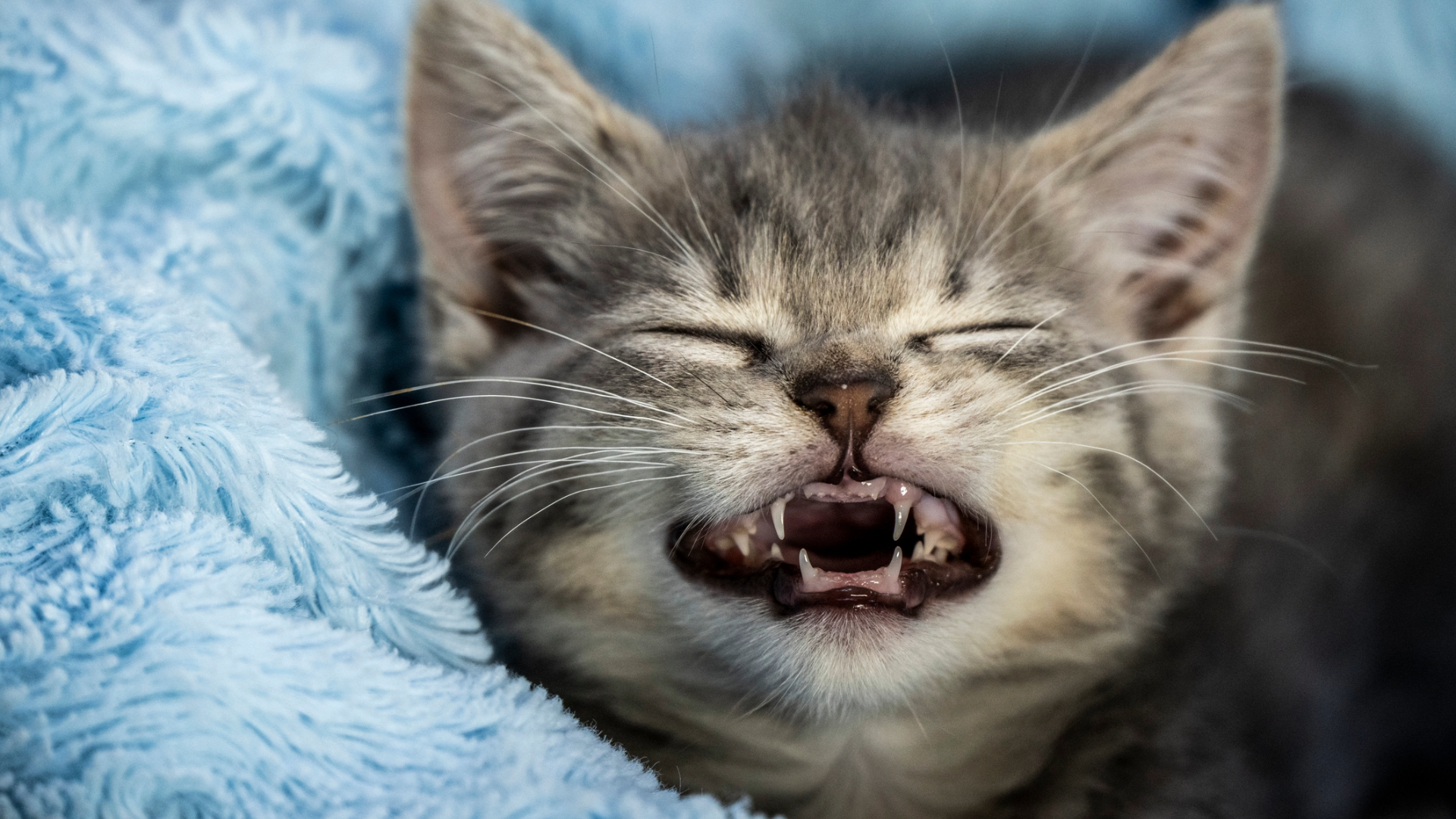
The primary set of teeth is sharper than those of adults. Until kittens fully develop their adult teeth at around six months of age, you’ll typically notice that their play bites are more piercing. These baby teeth are also generally more translucent than adult teeth.
30. Adult cats primarily meow to communicate with humans
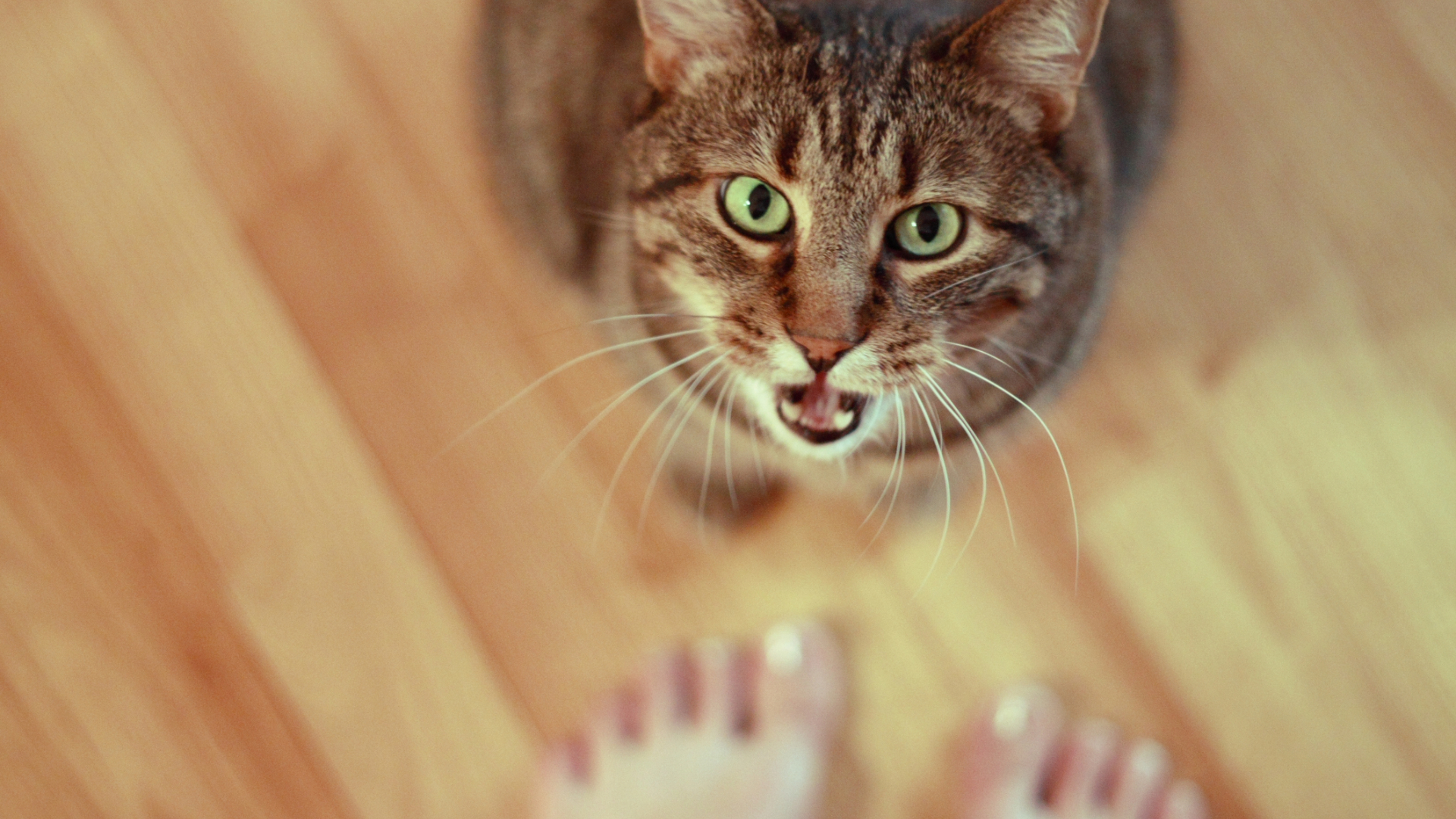
While kittens meow to gain attention from their mother and human caregivers, adult cats rarely meow when communicating with other cats. Instead, they primarily only meow when seeking attention from humans.
31. Newborn kittens don’t walk
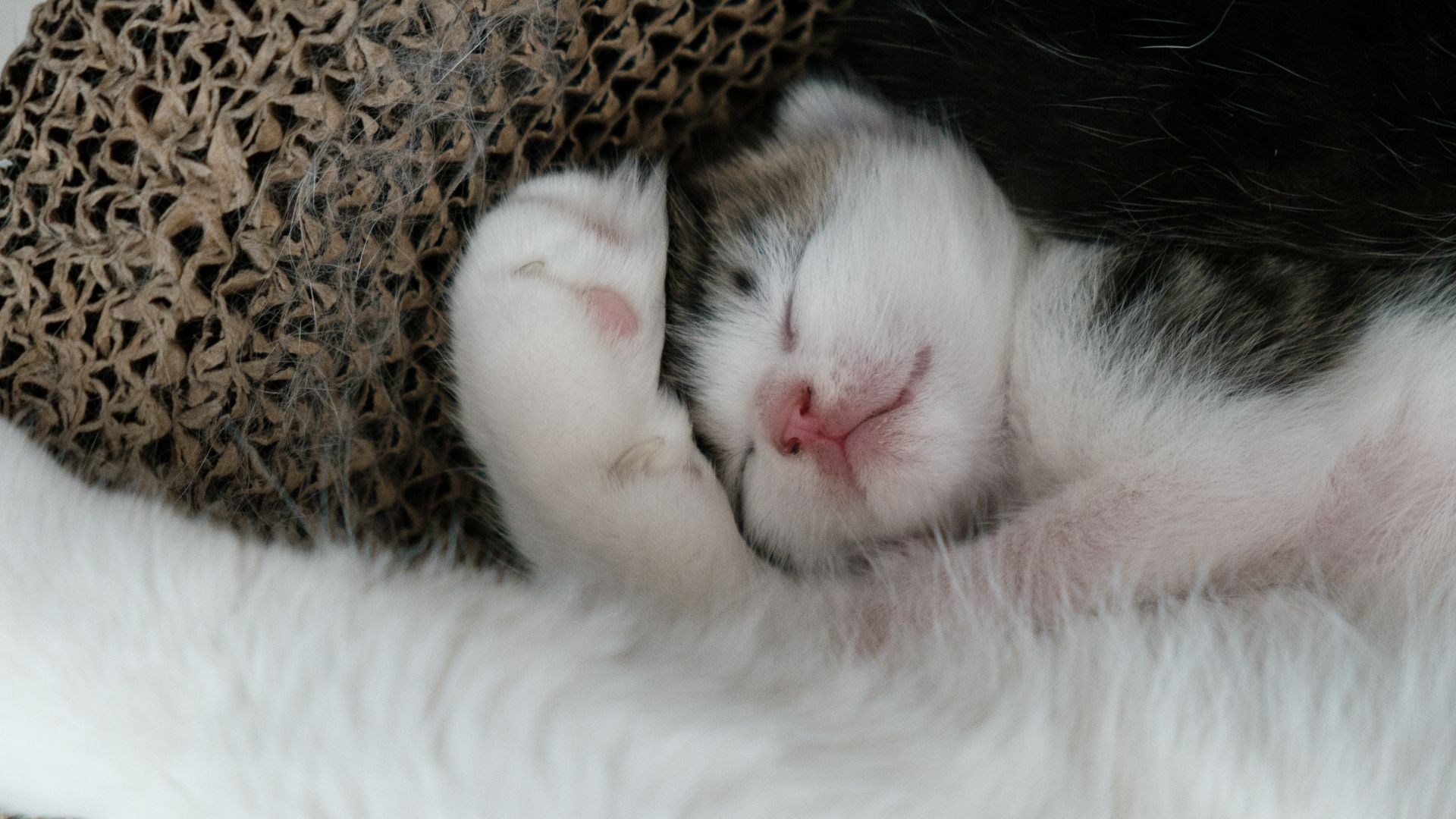
While adult cats are known for their gracefulness and agile gait, newborn kittens aren’t able to walk. It isn’t until about three weeks old that they begin to take their first shaky steps. By about five weeks old, they typically start to walk much more confidently.
32. Adult cats can be more difficult to socialize
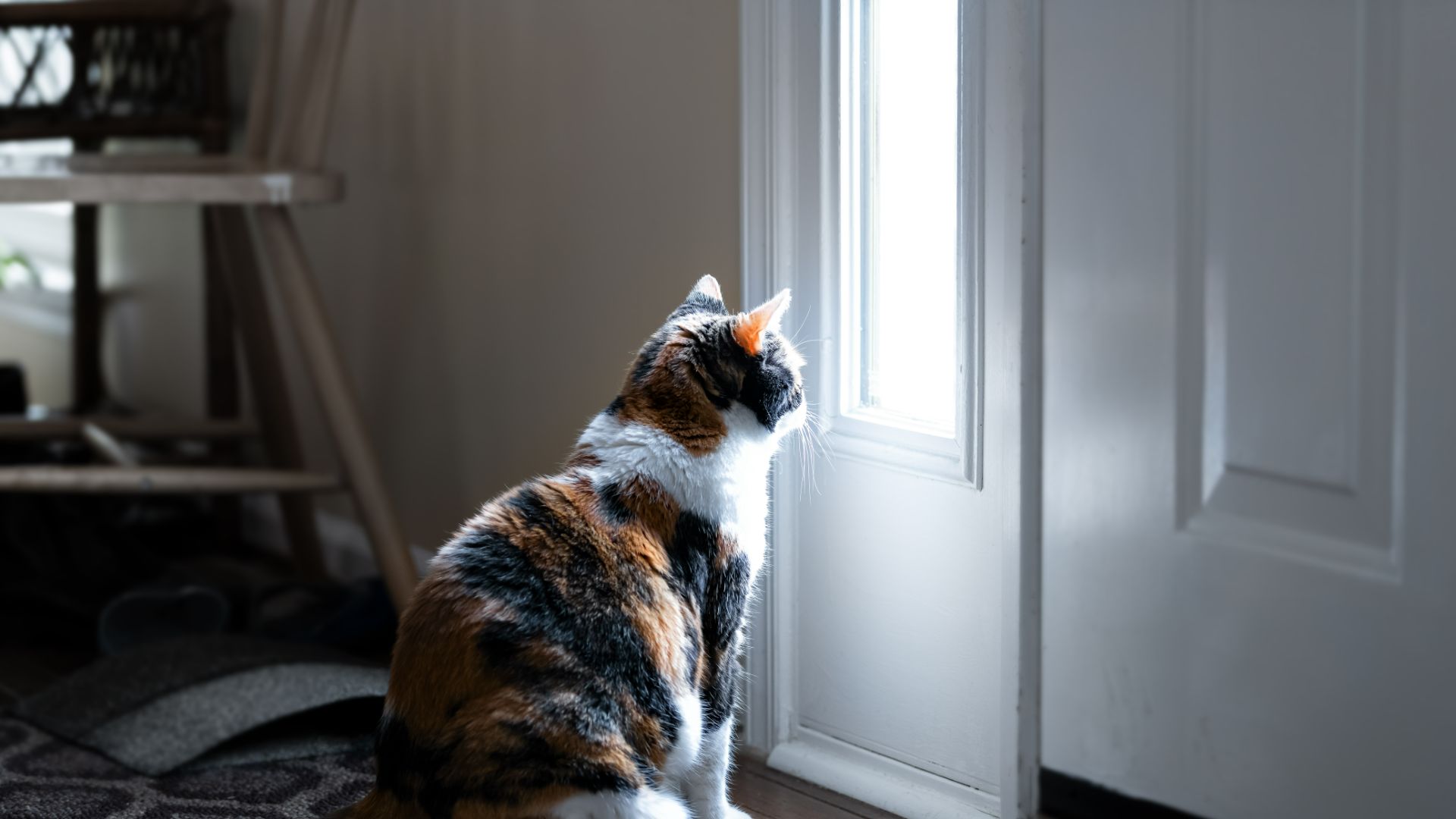
Compared to kittens, adult cats can struggle more with socialization and novel environments. The prime socialization period occurs during kittenhood, between two to seven weeks of age. Undersocialized adult cats are absolutely capable of adjusting to new environments and social interactions, but the process typically takes more time and incremental steps.







